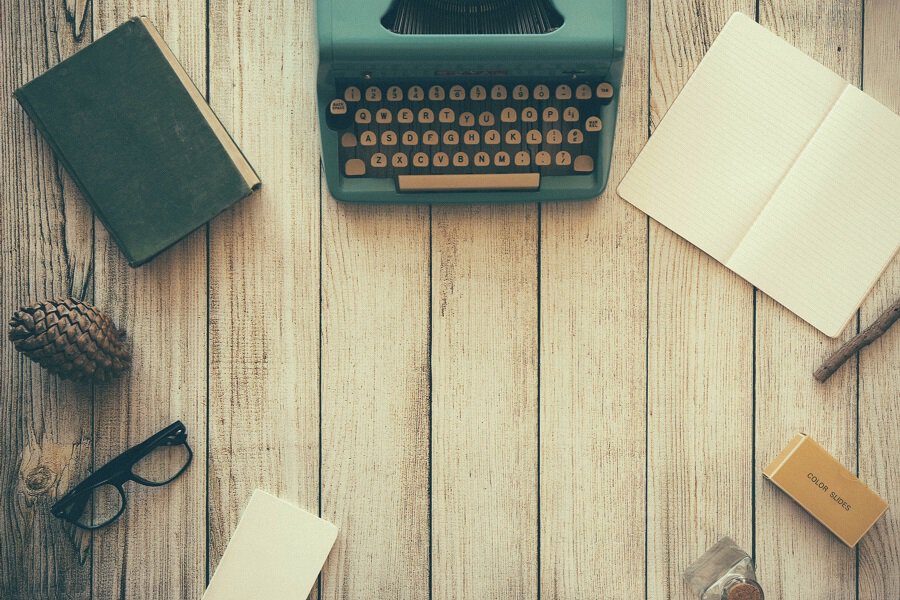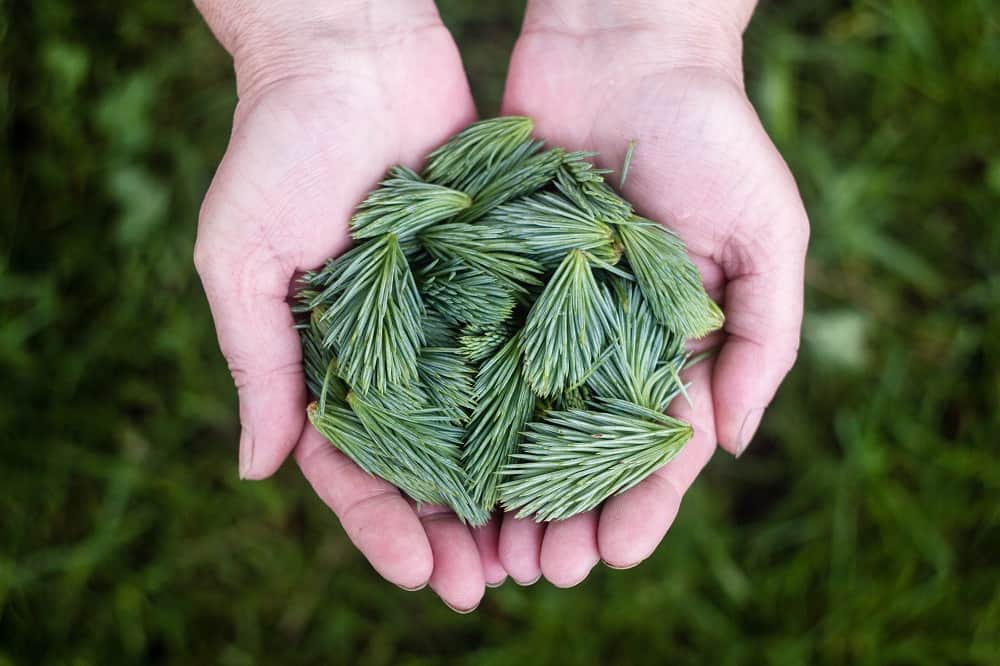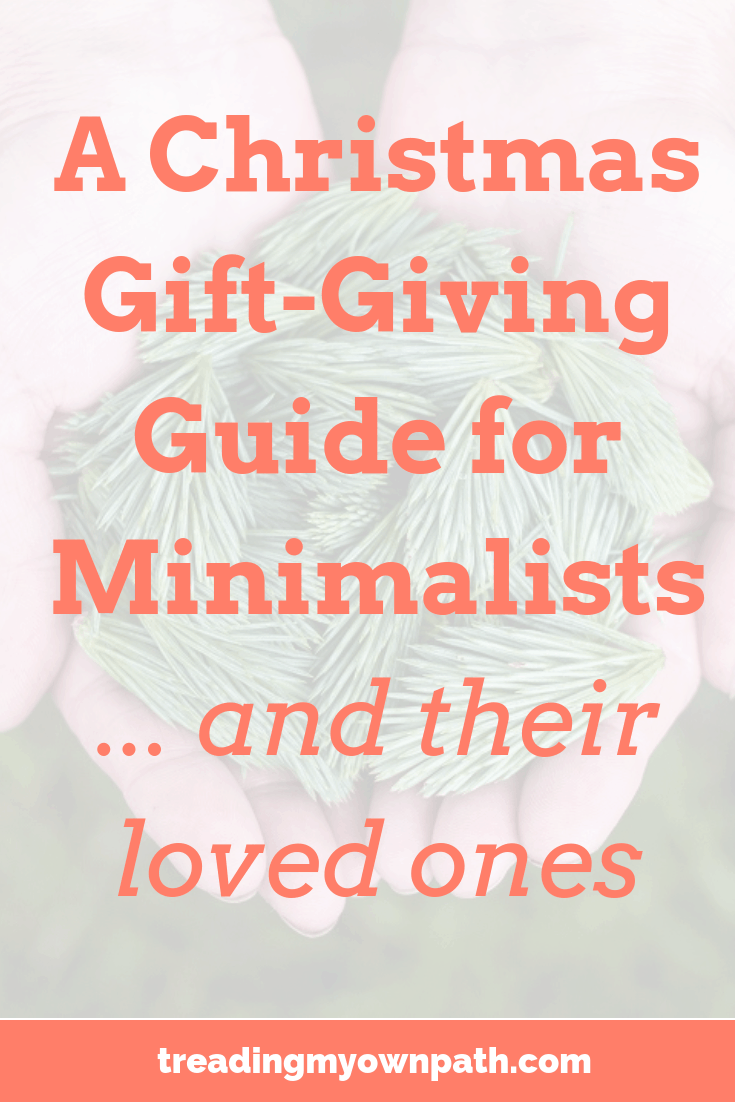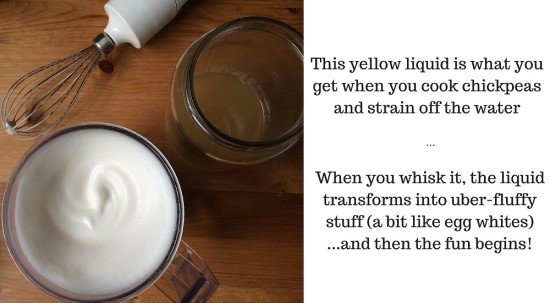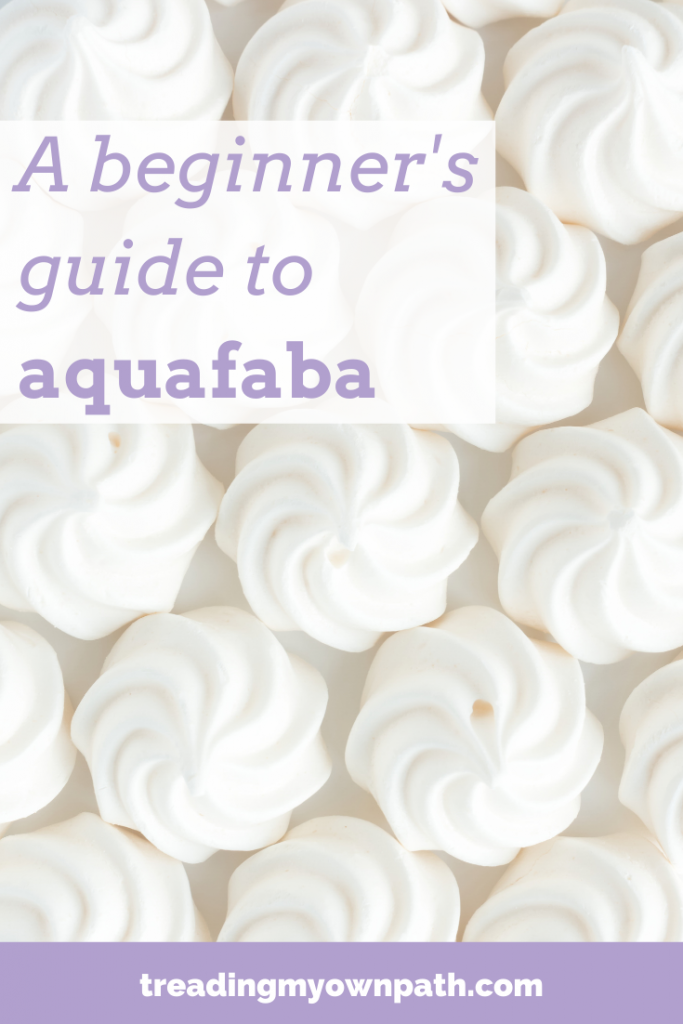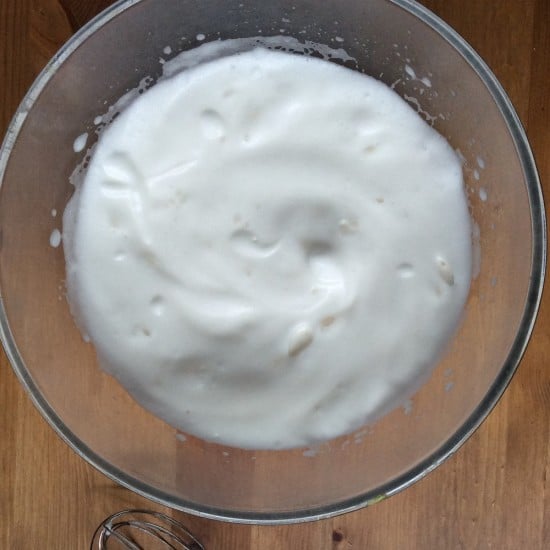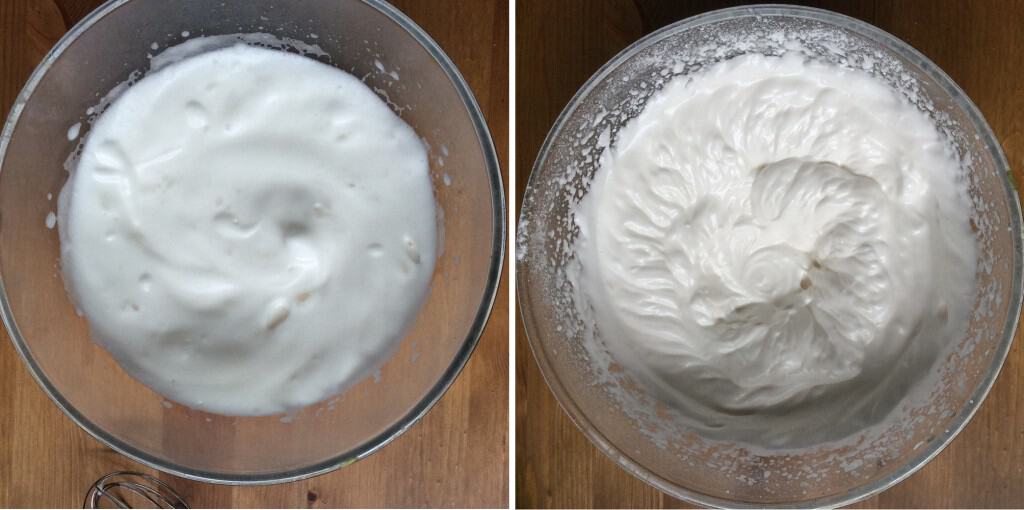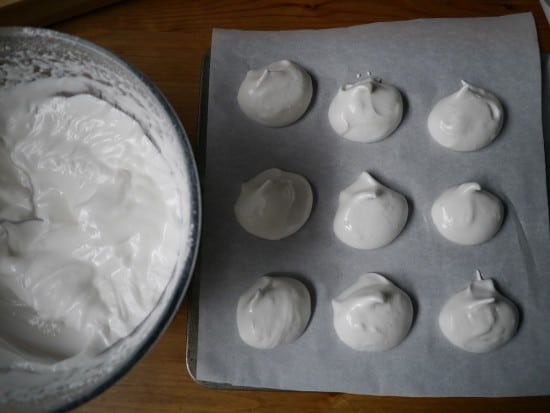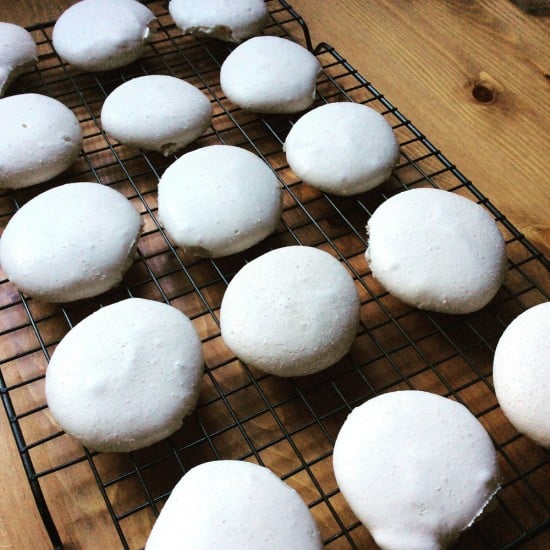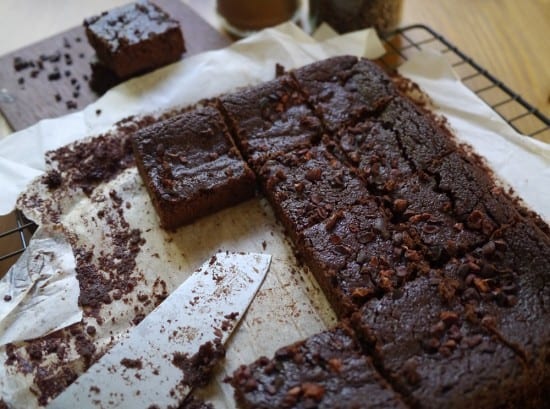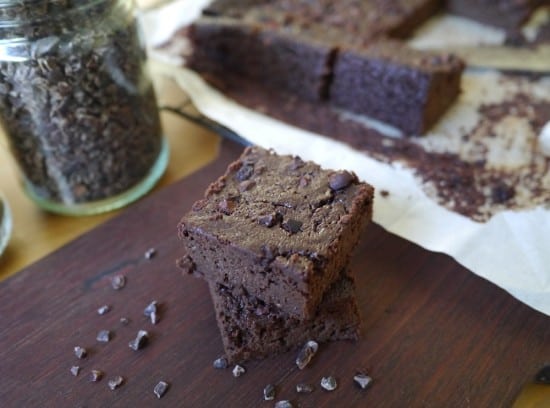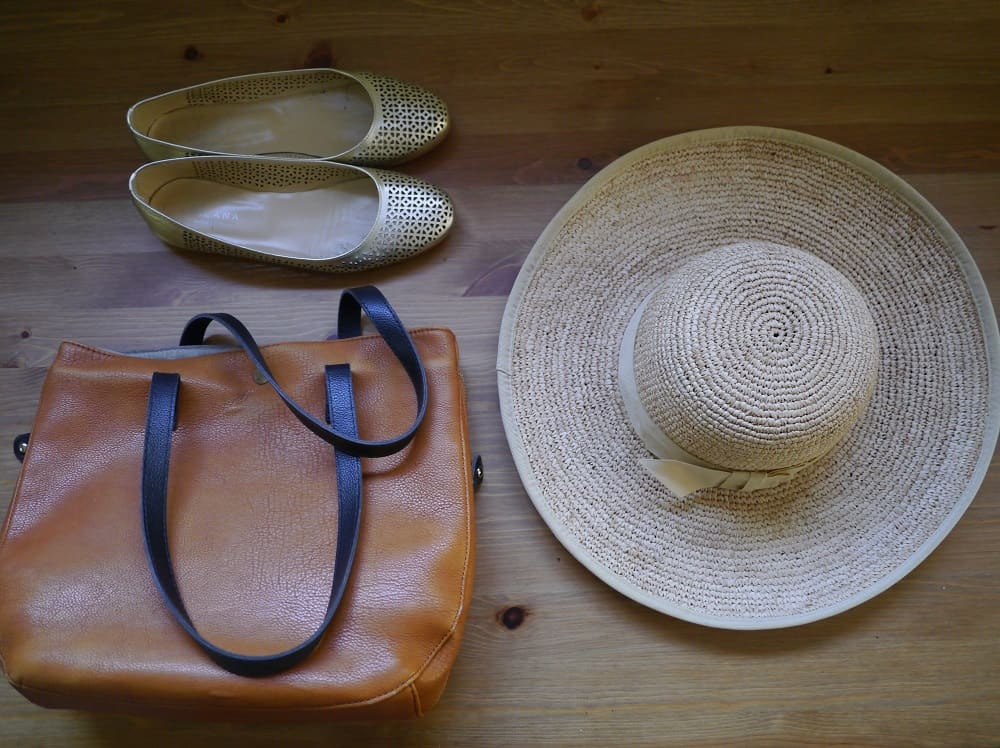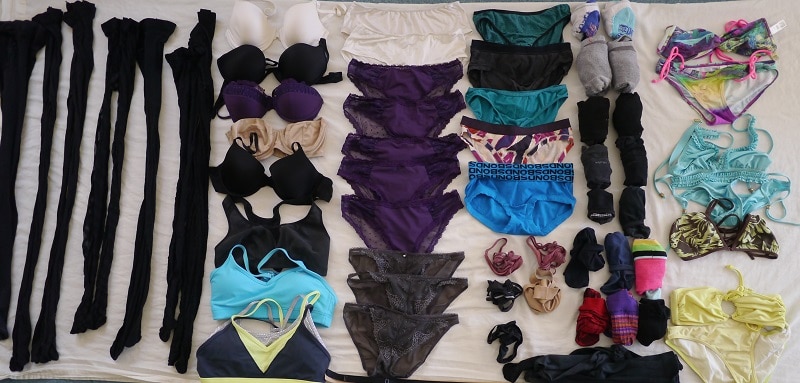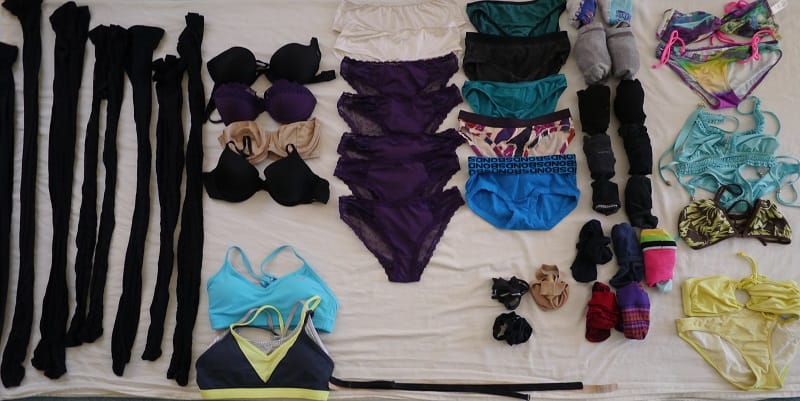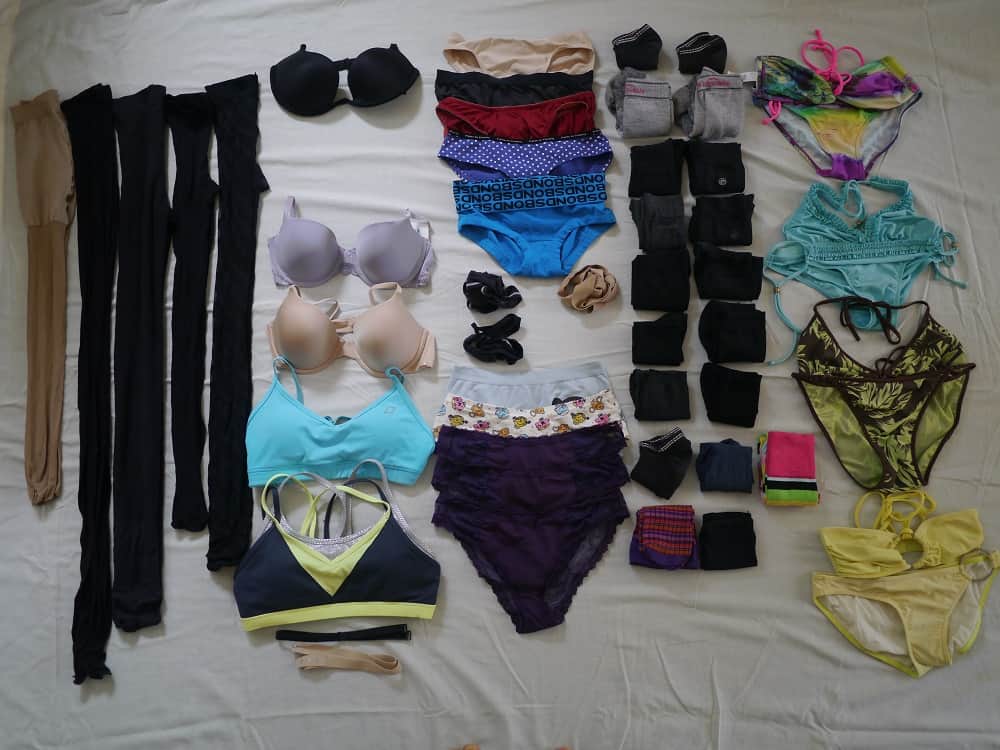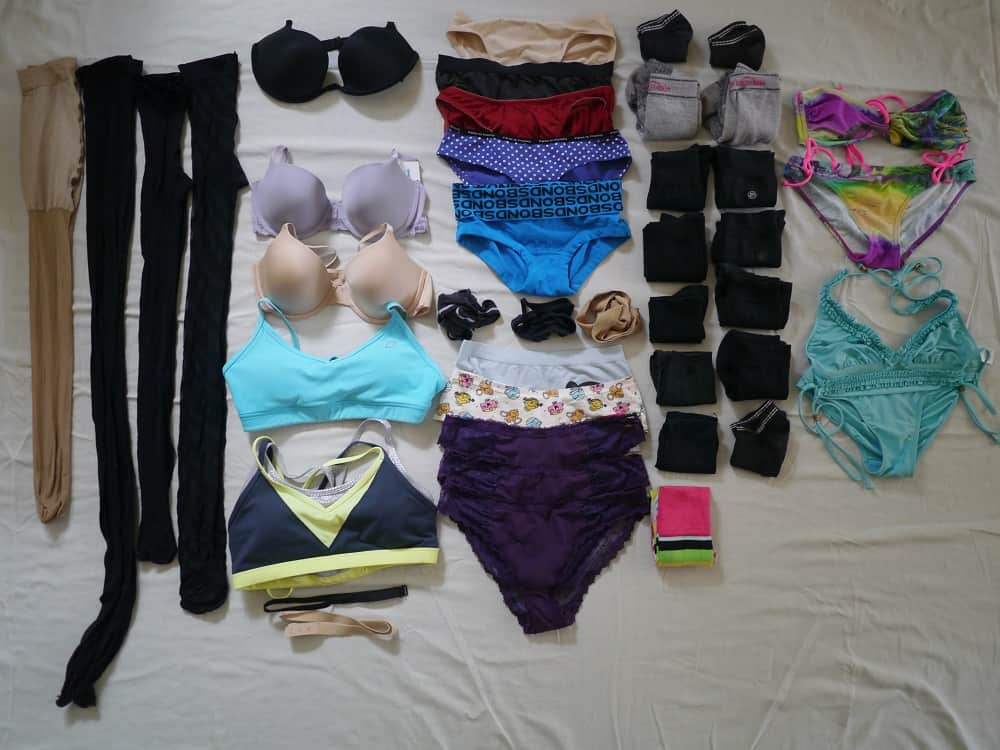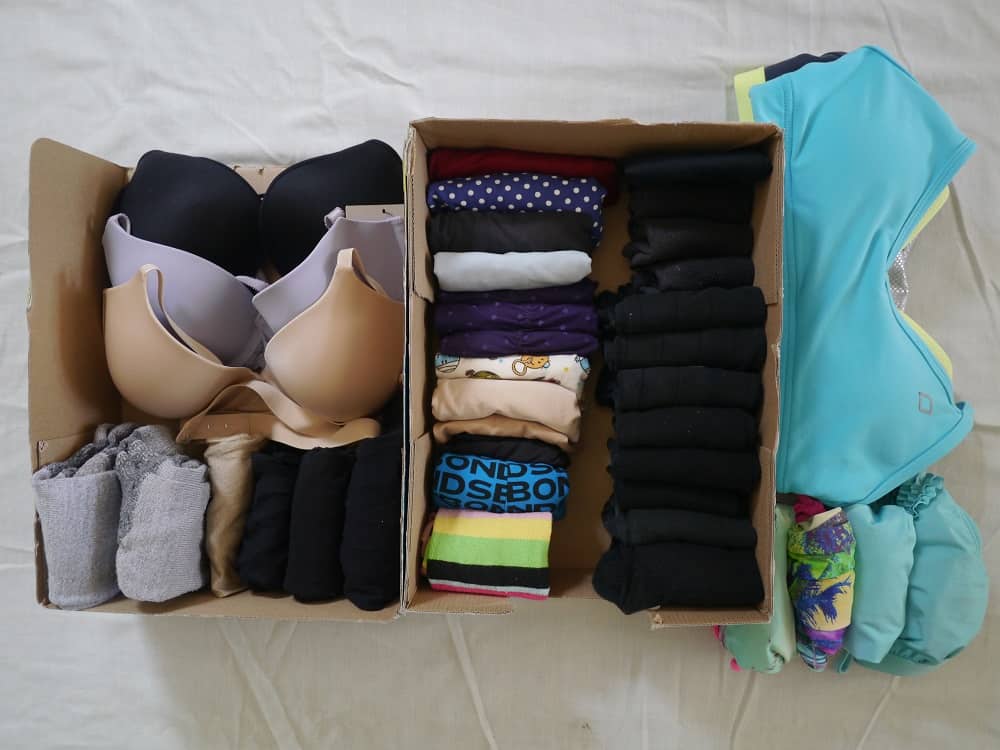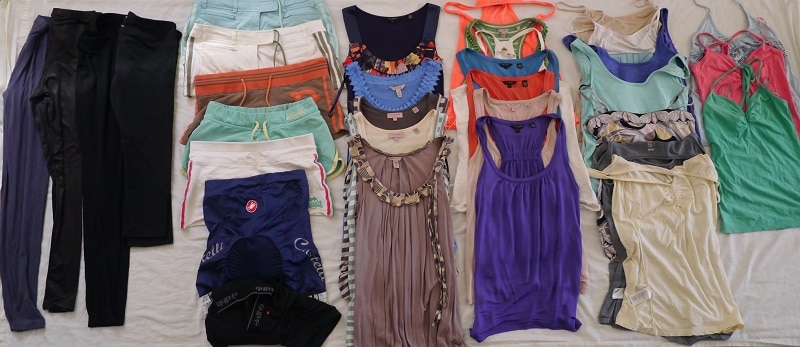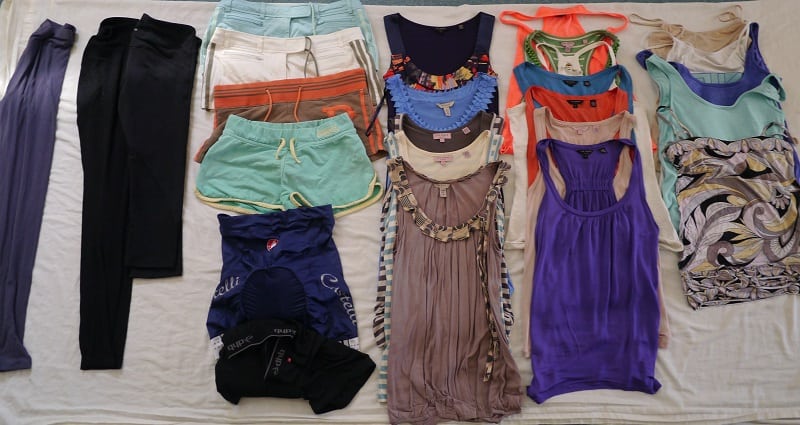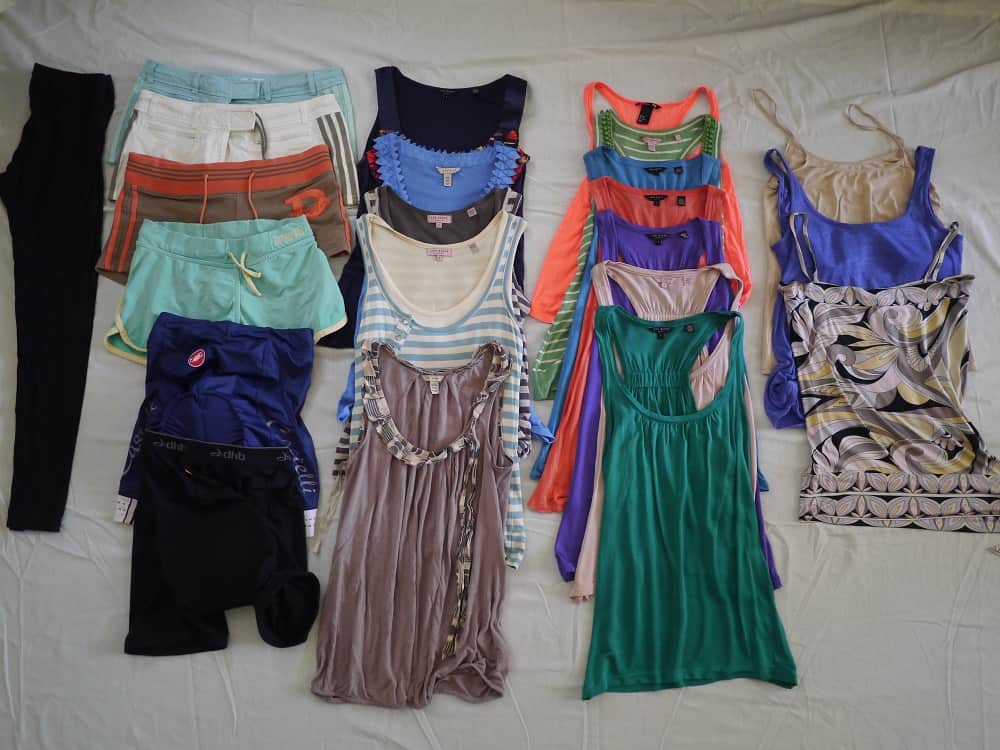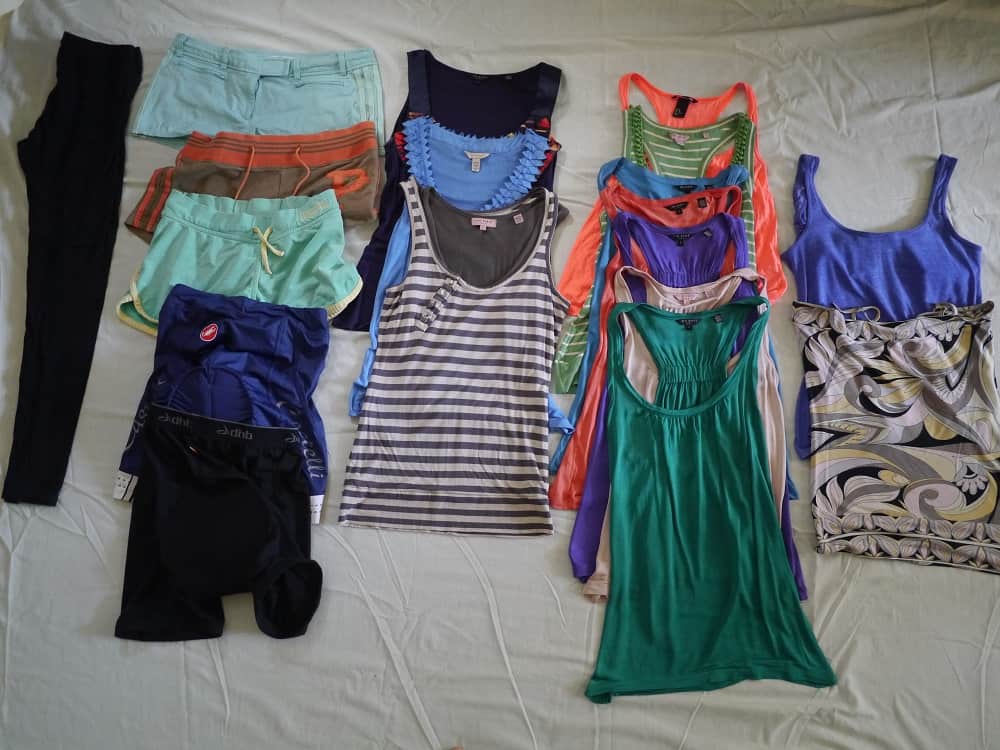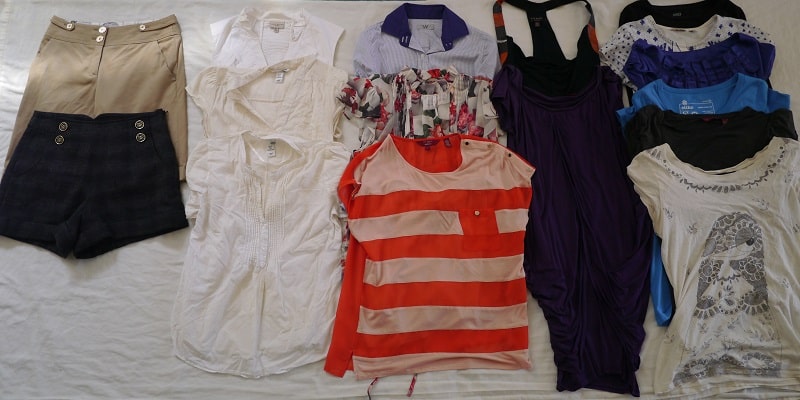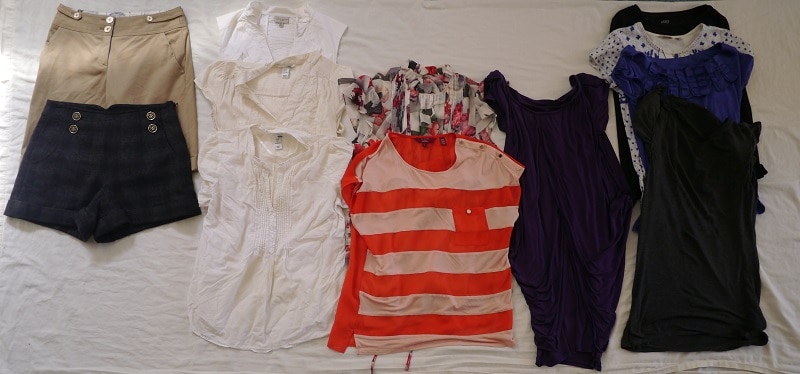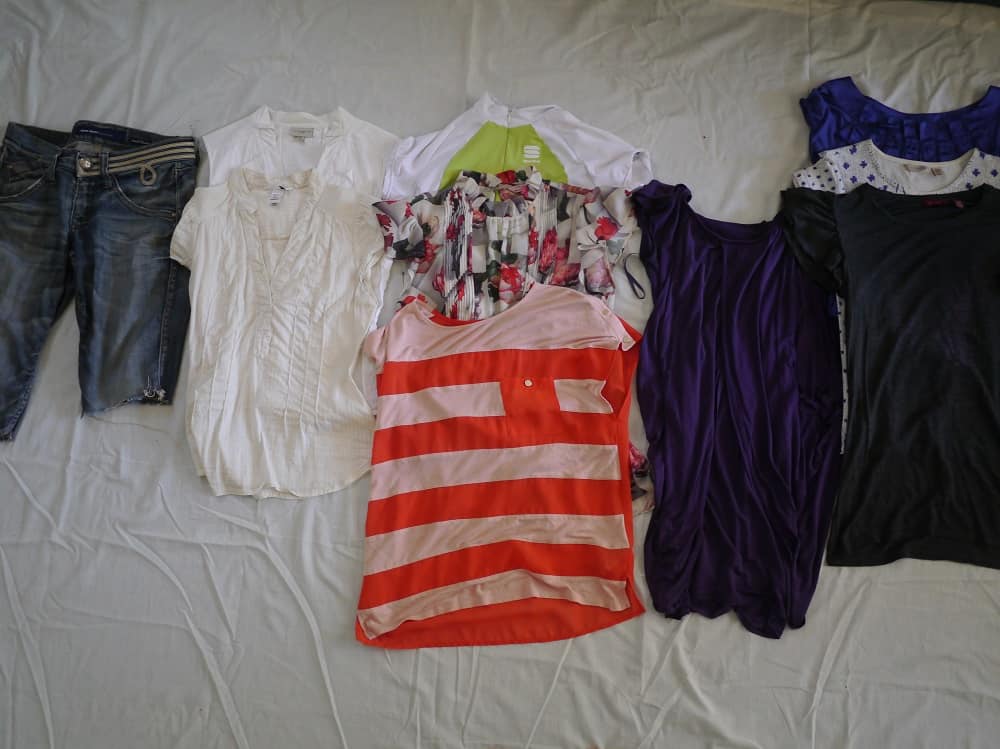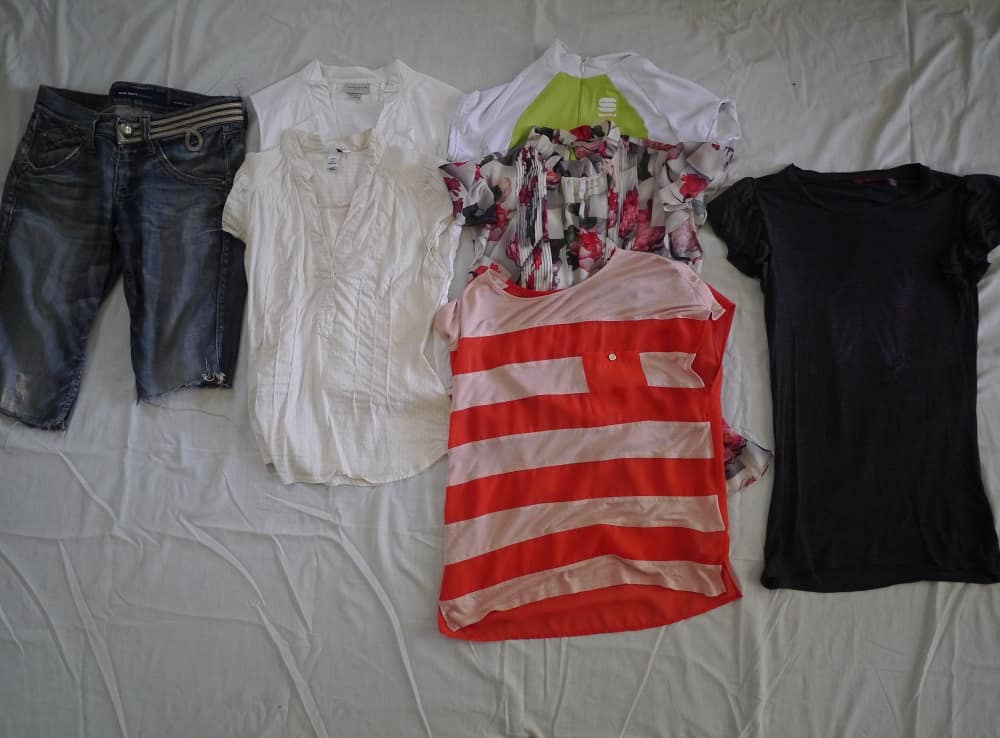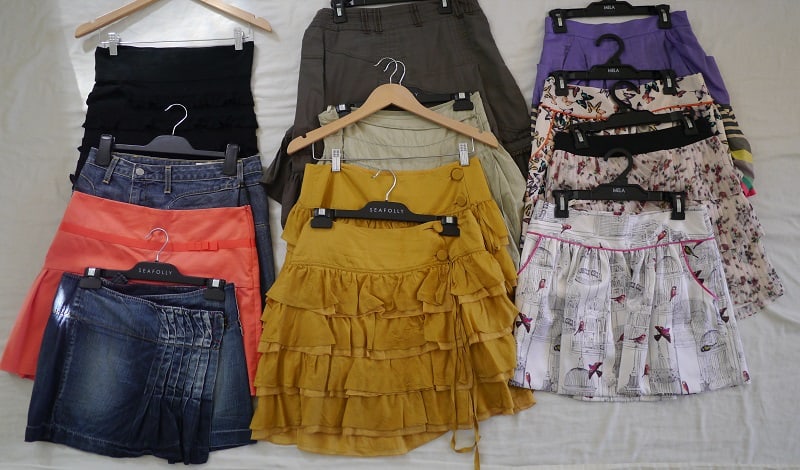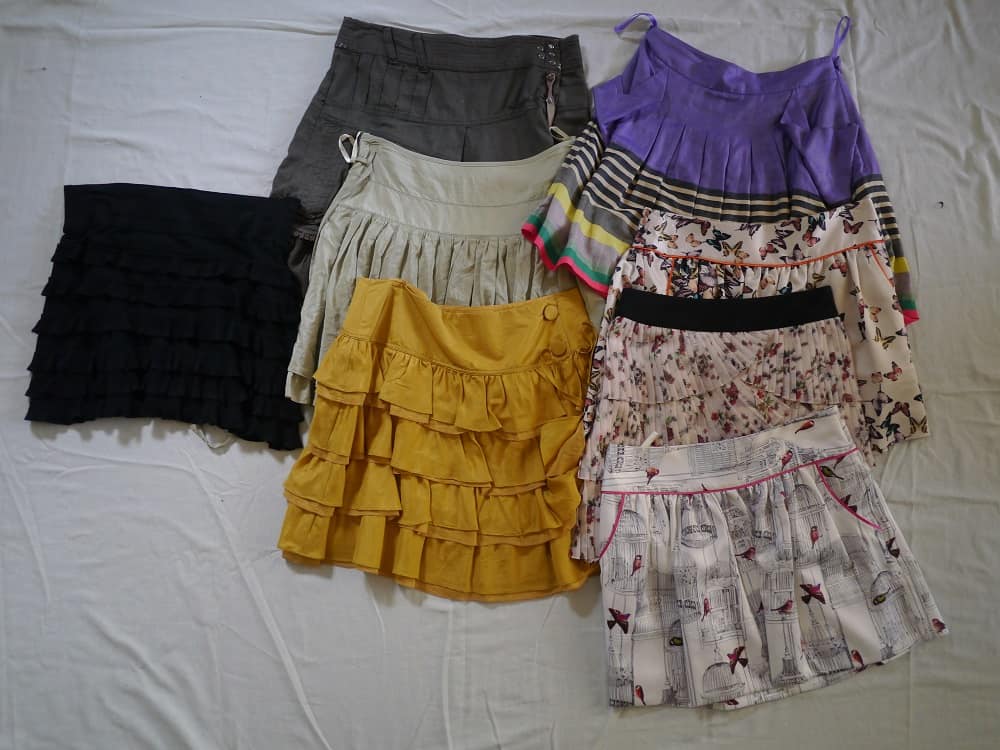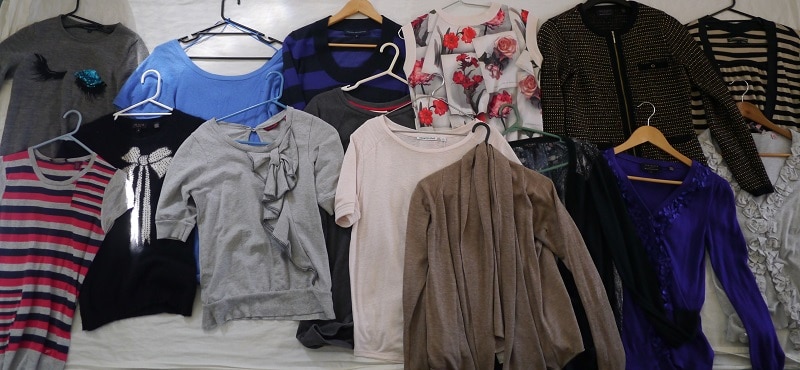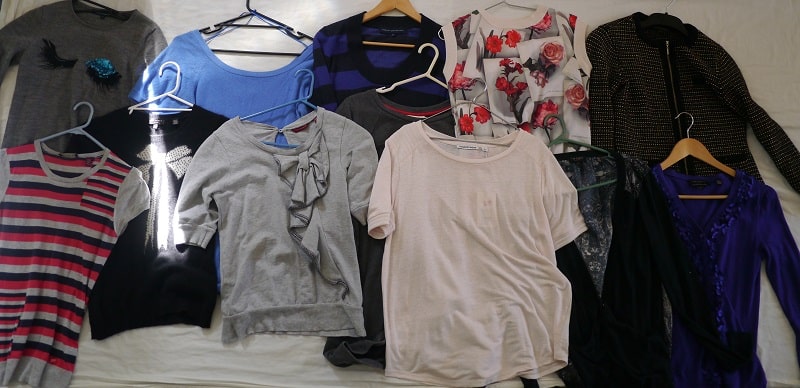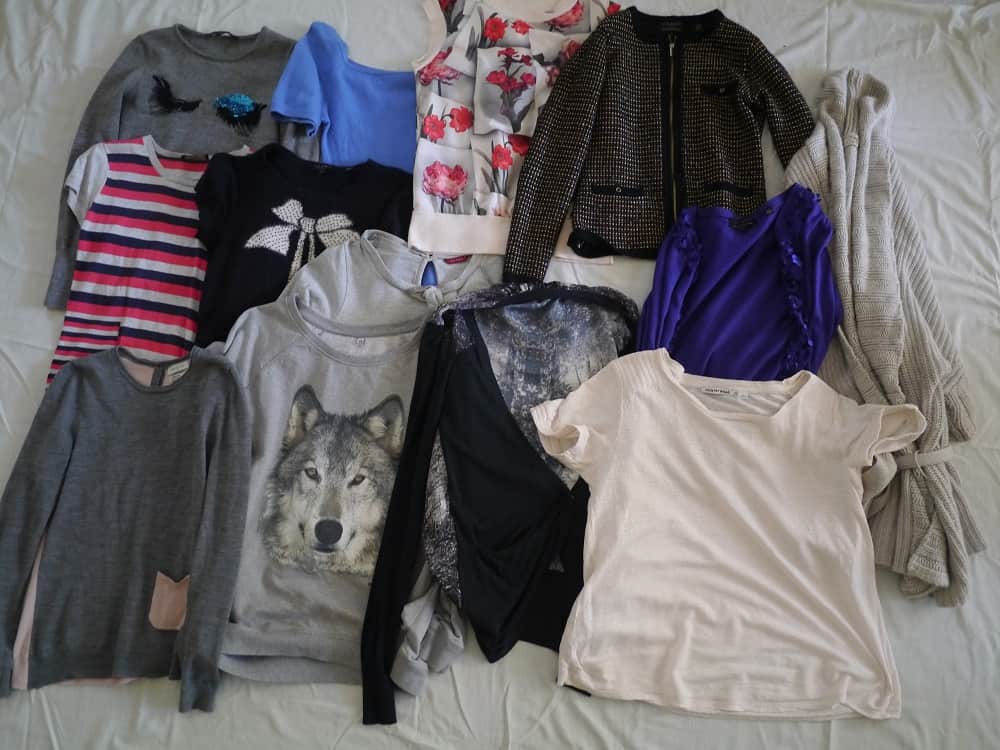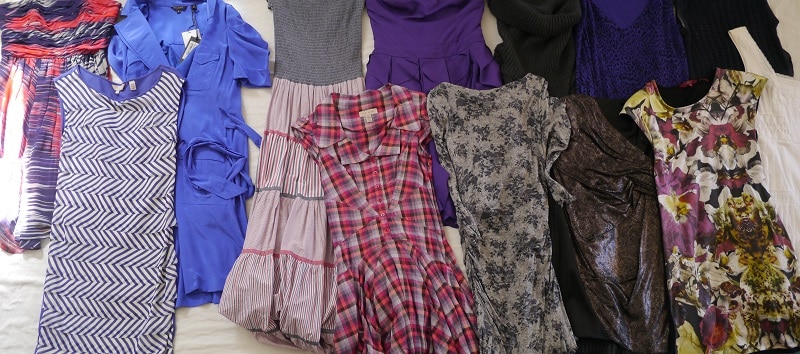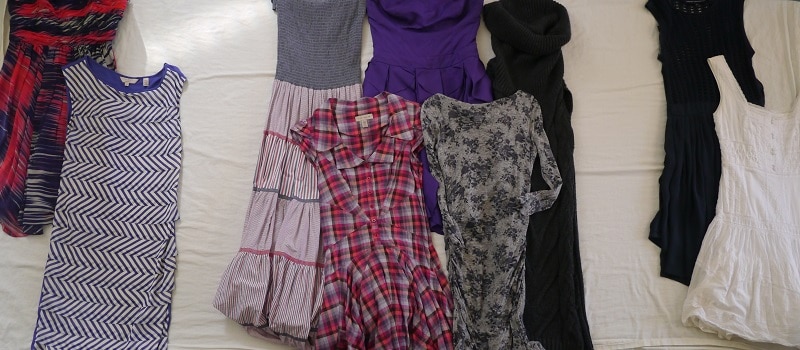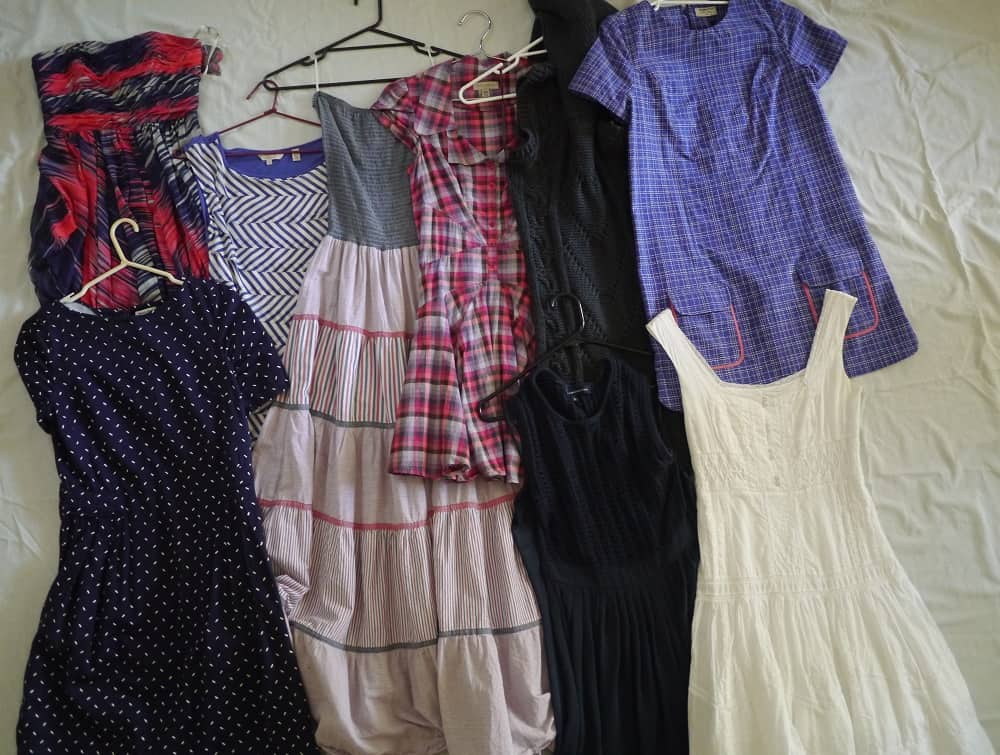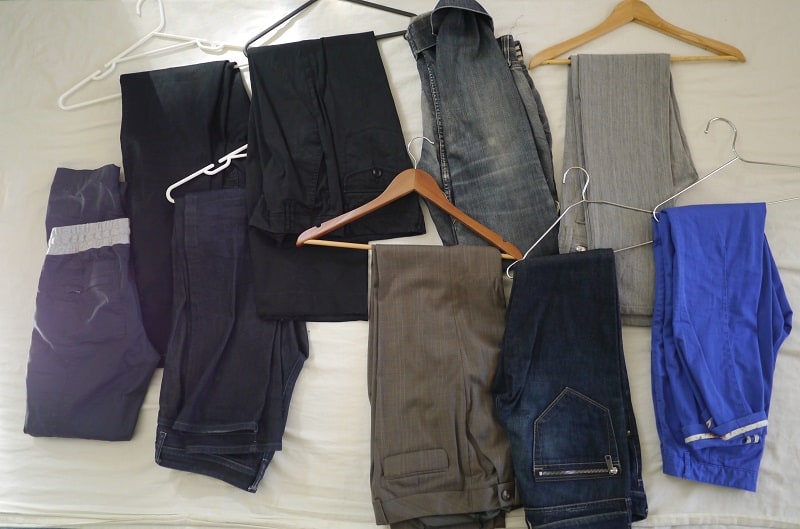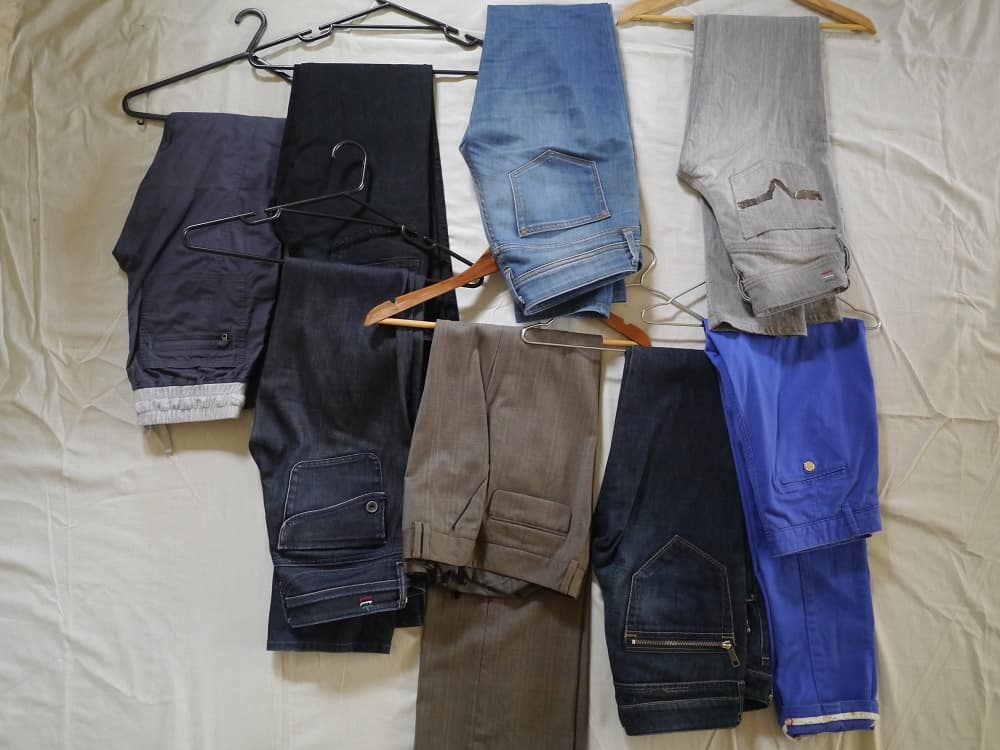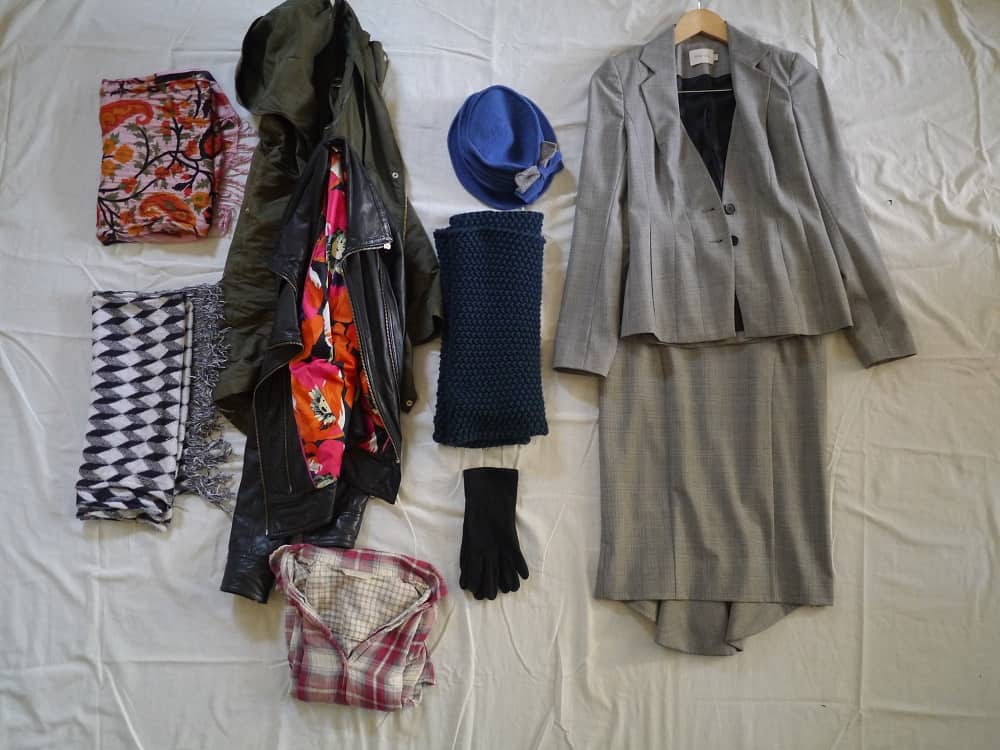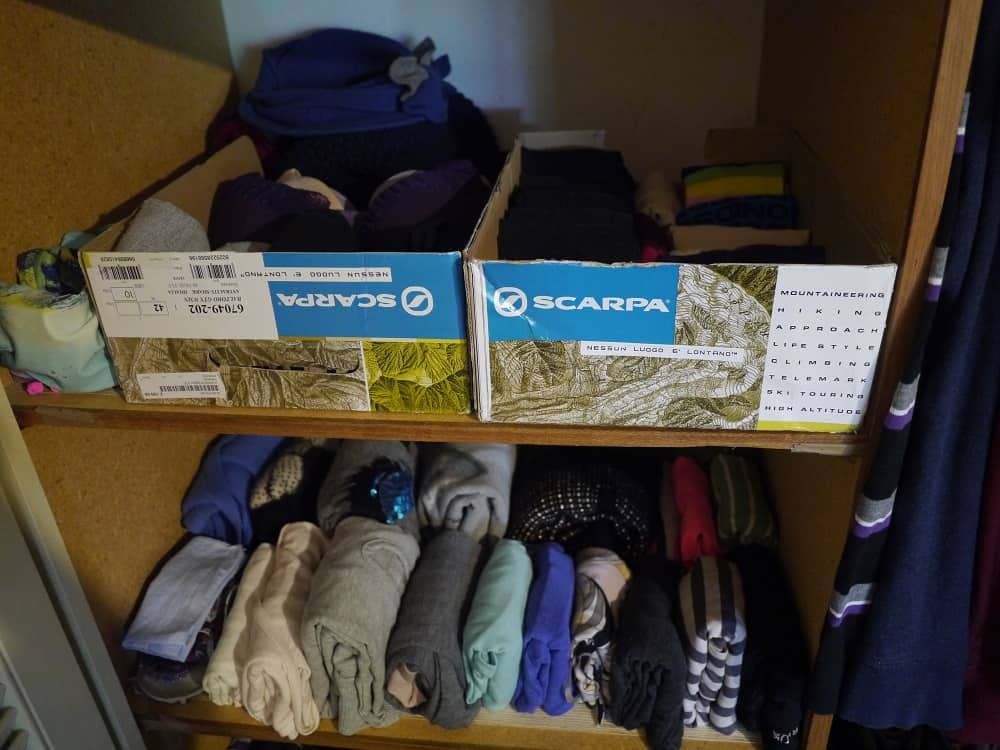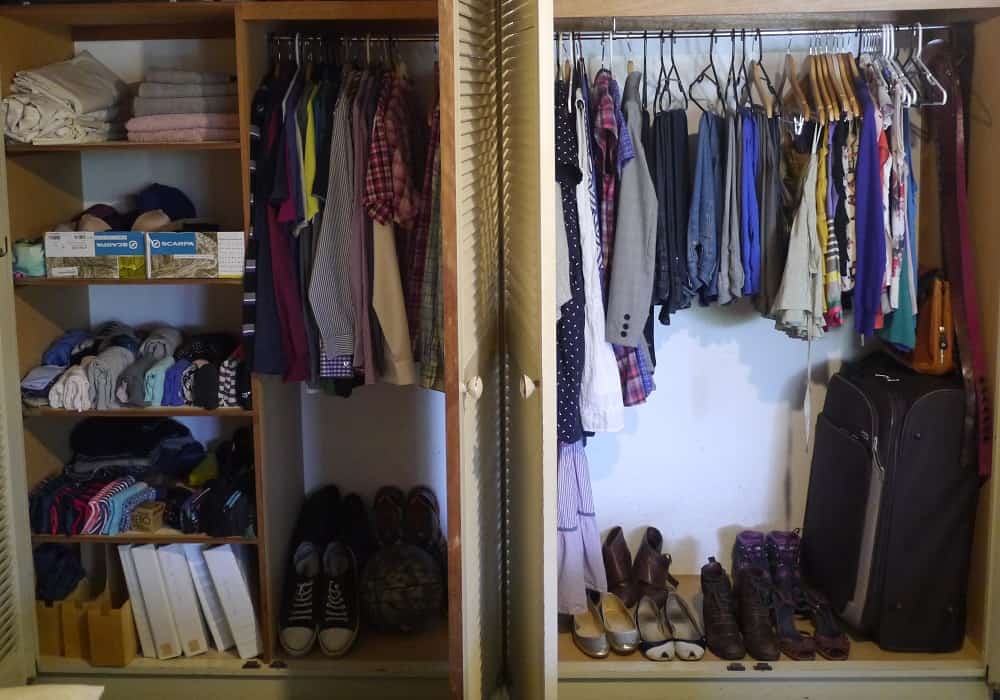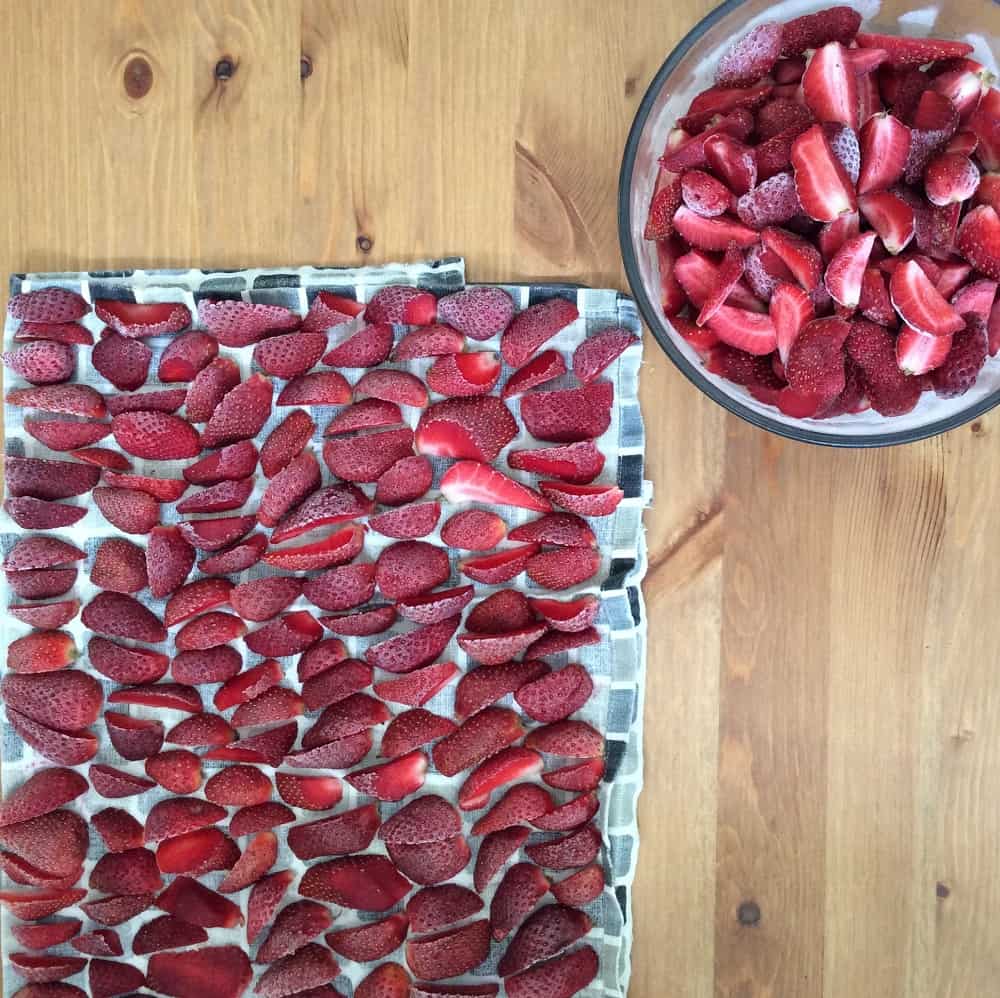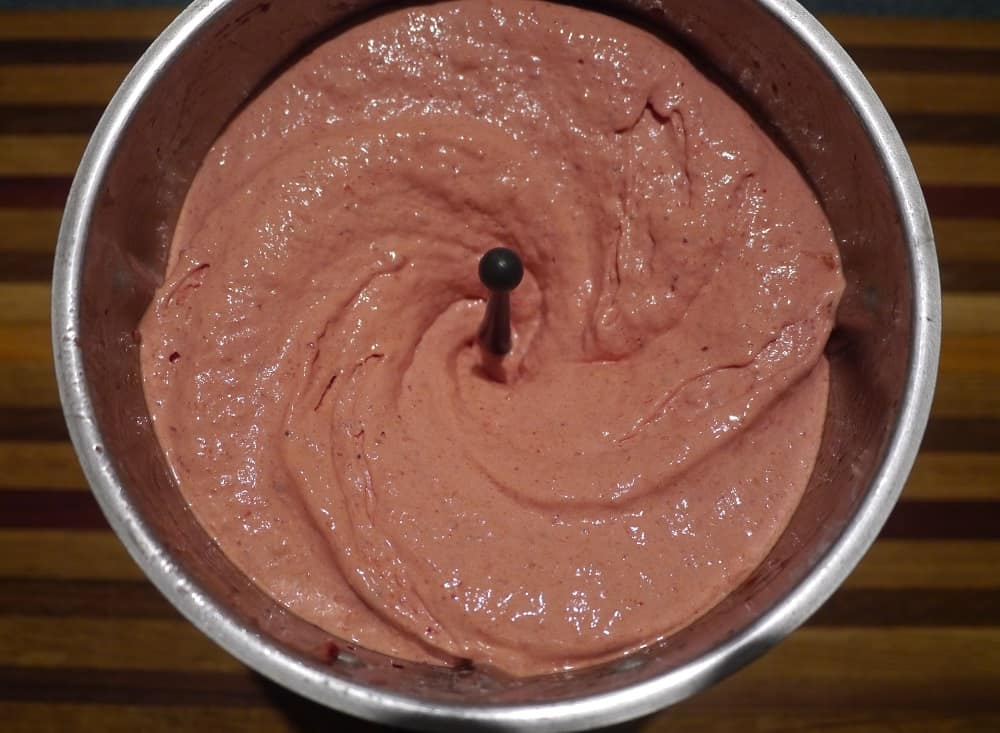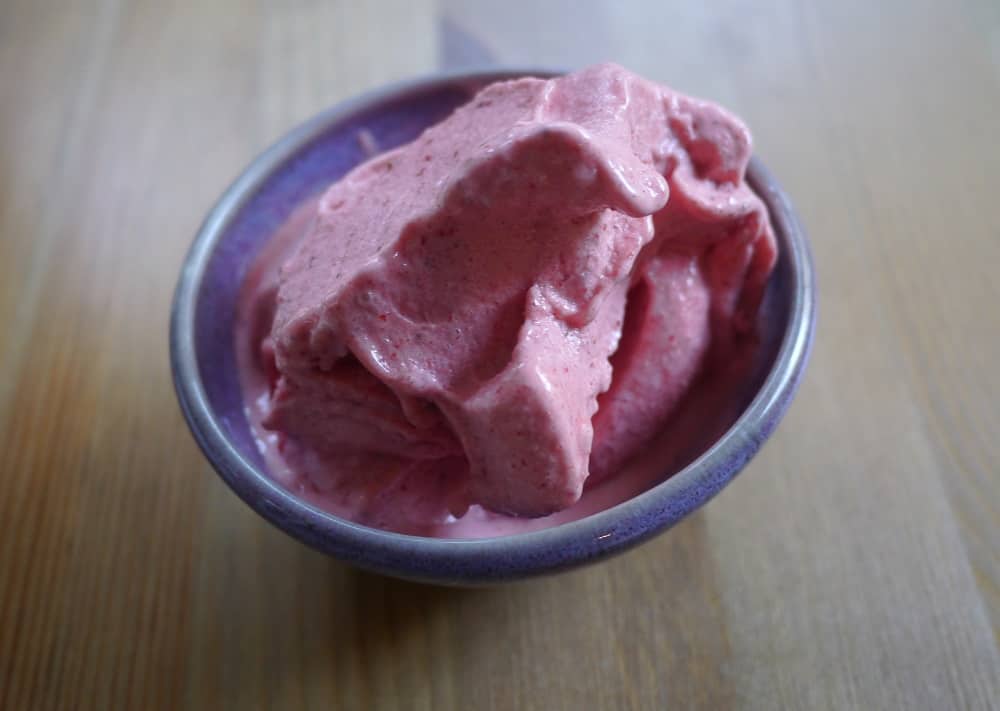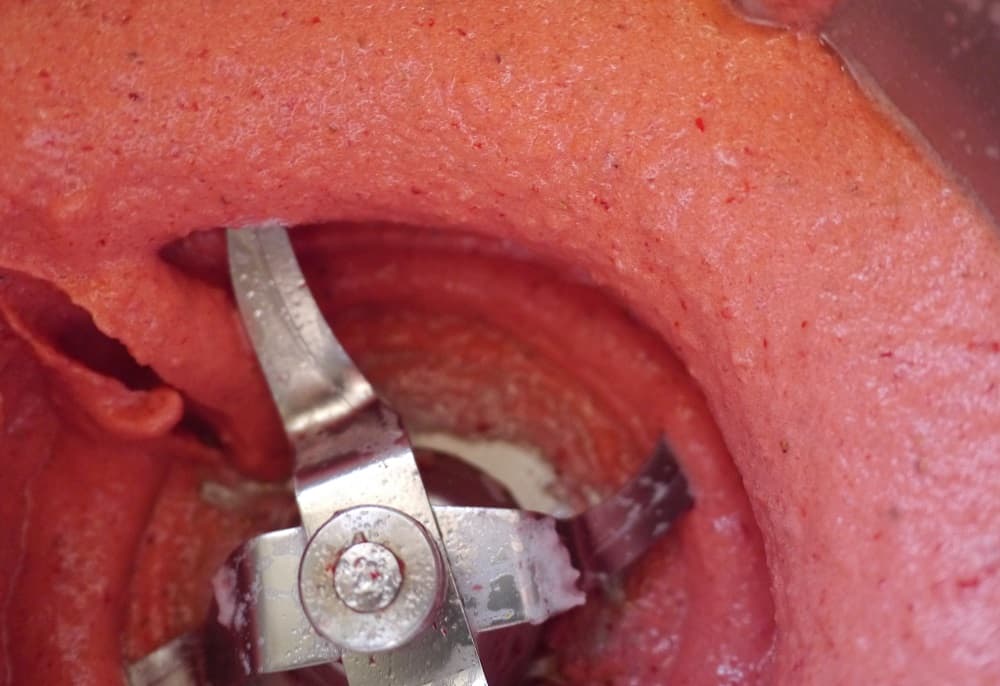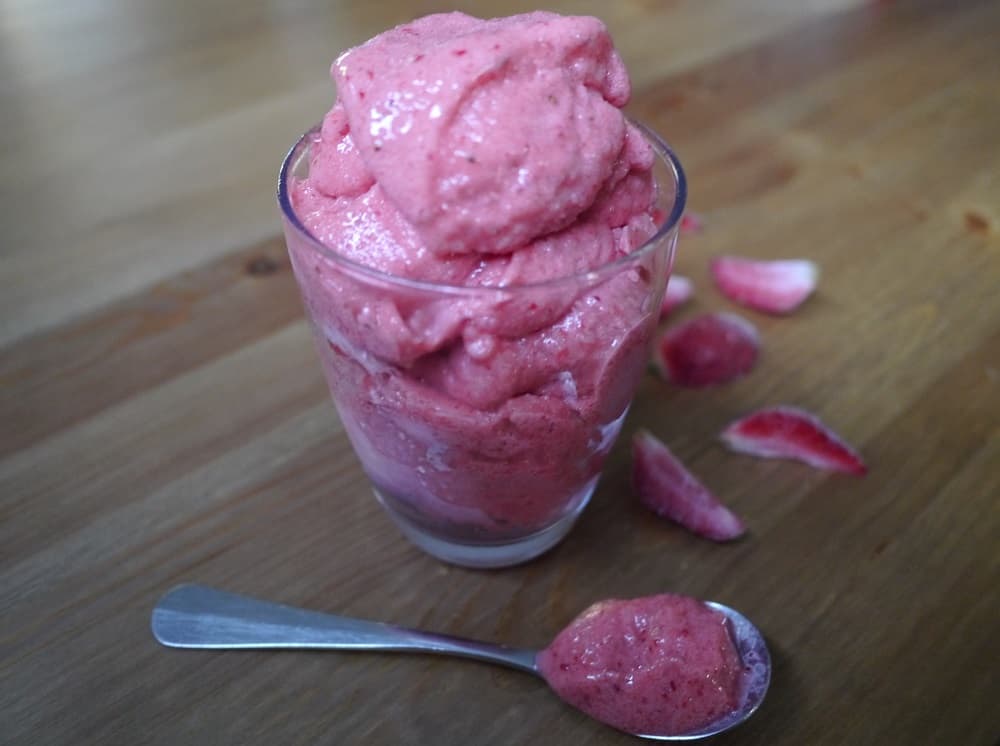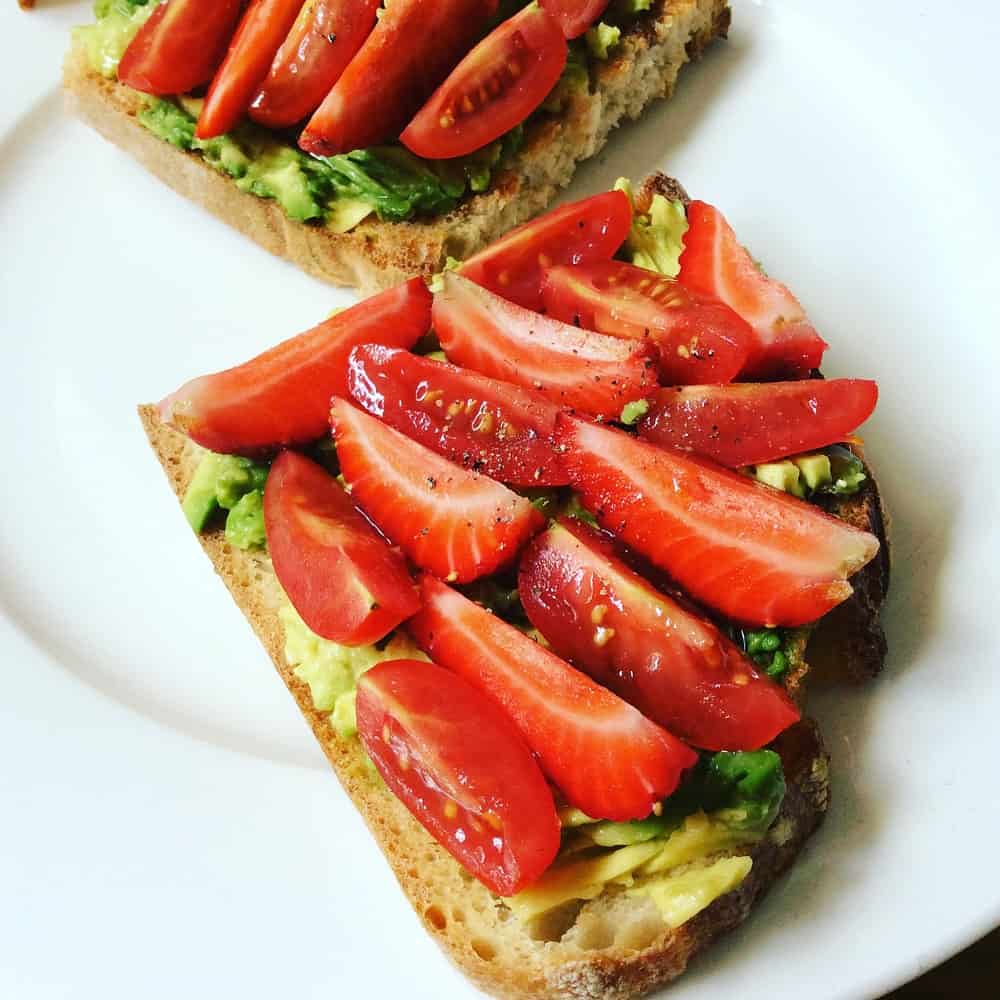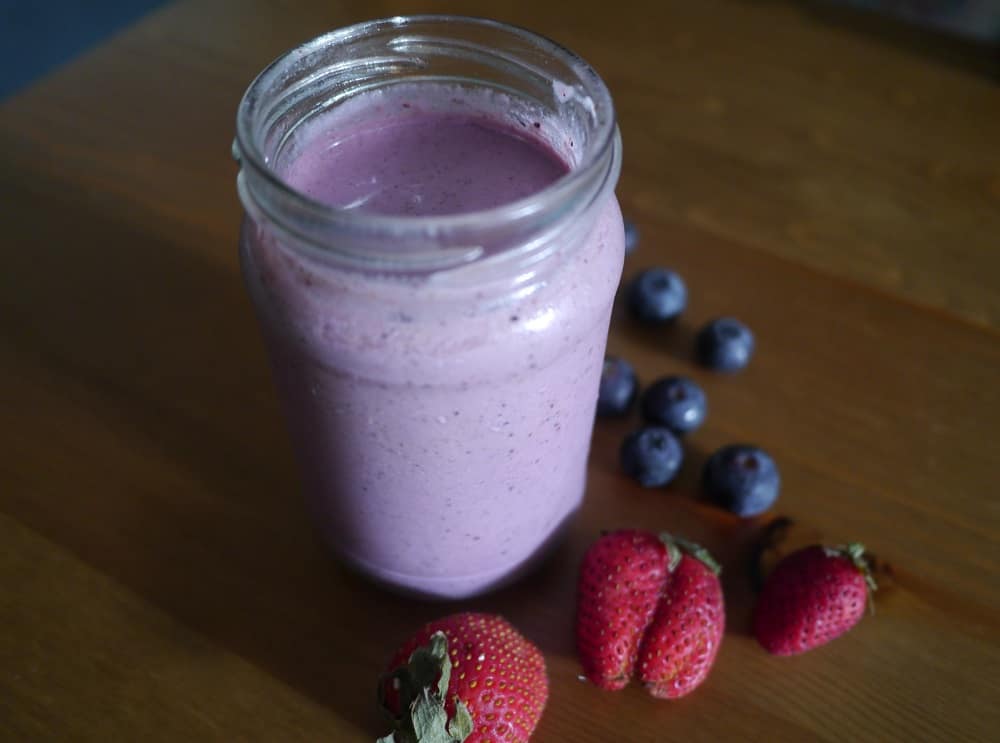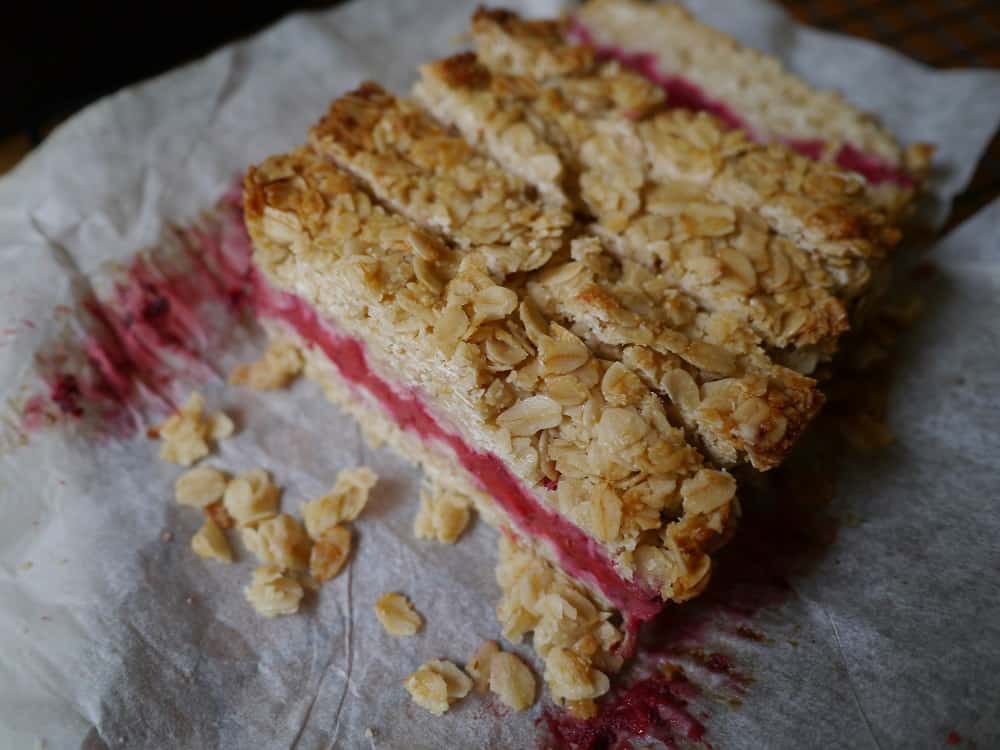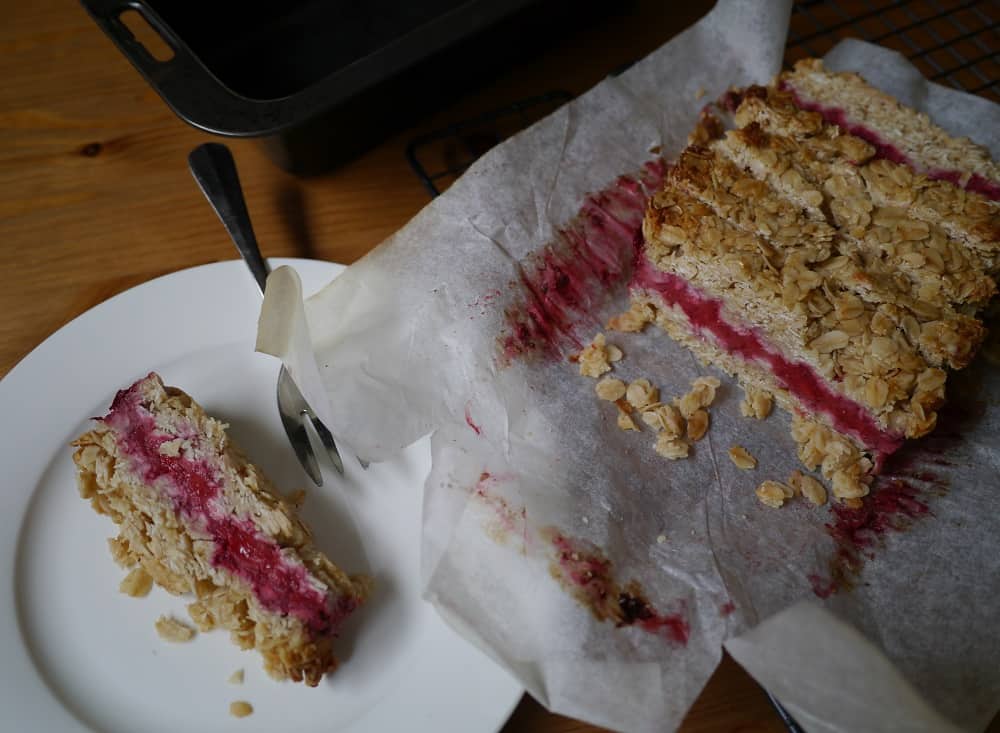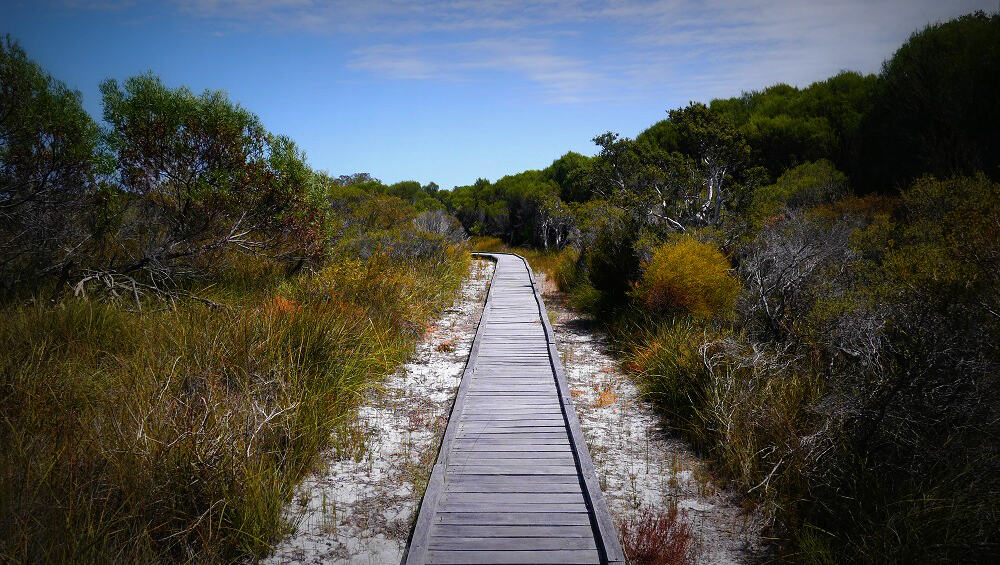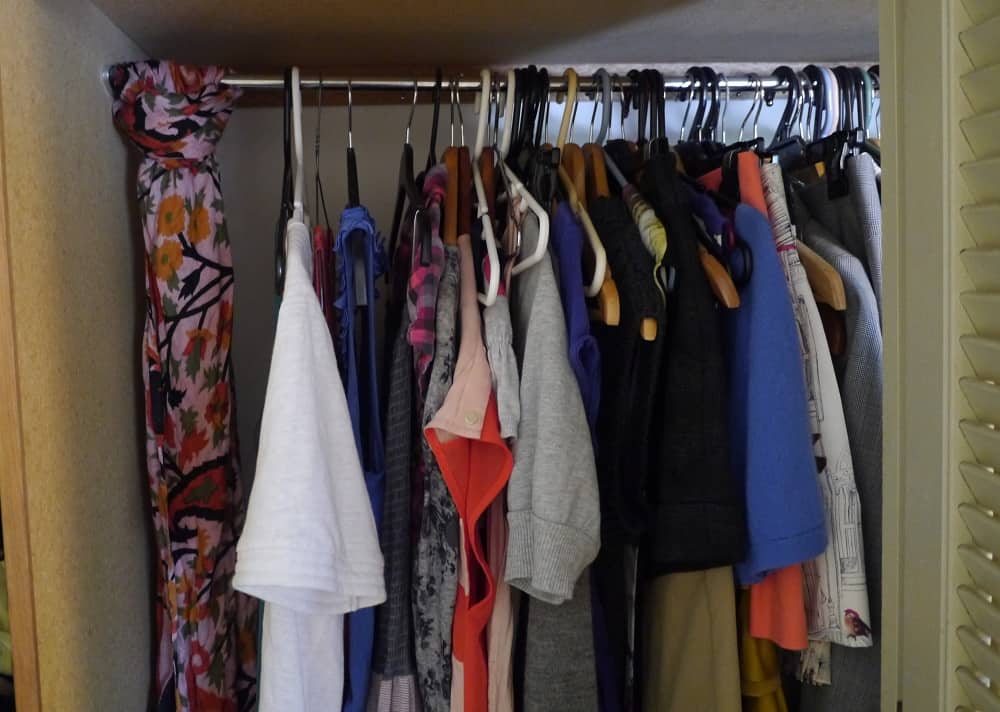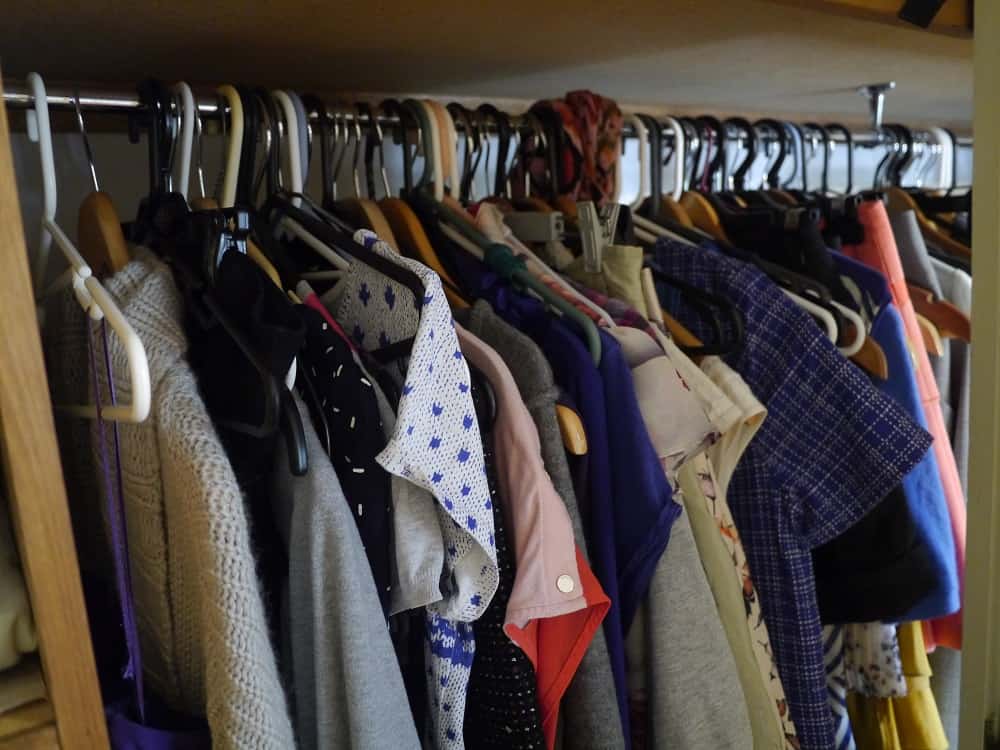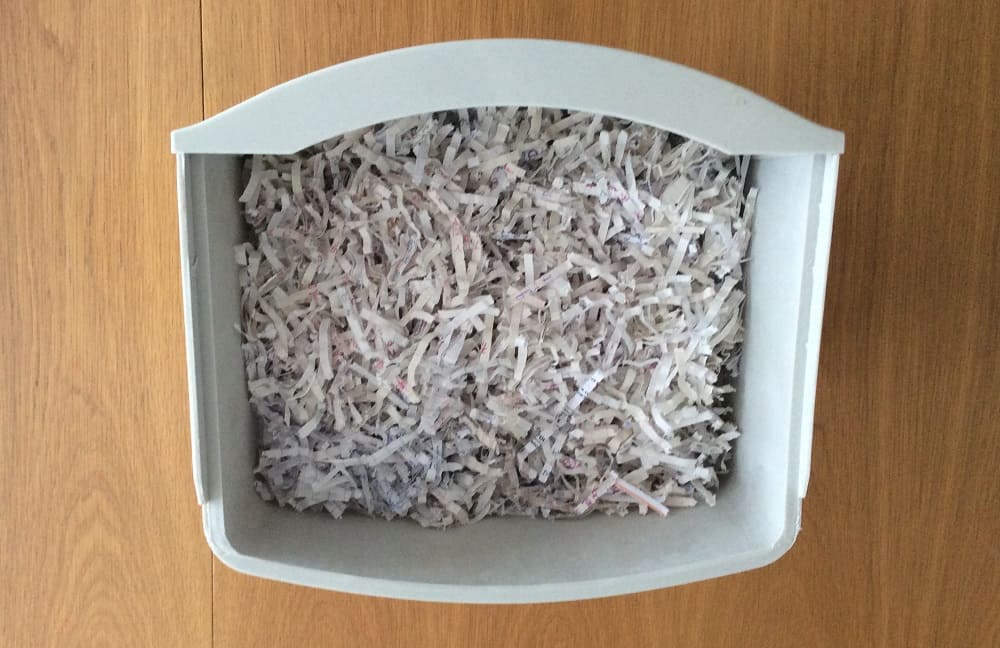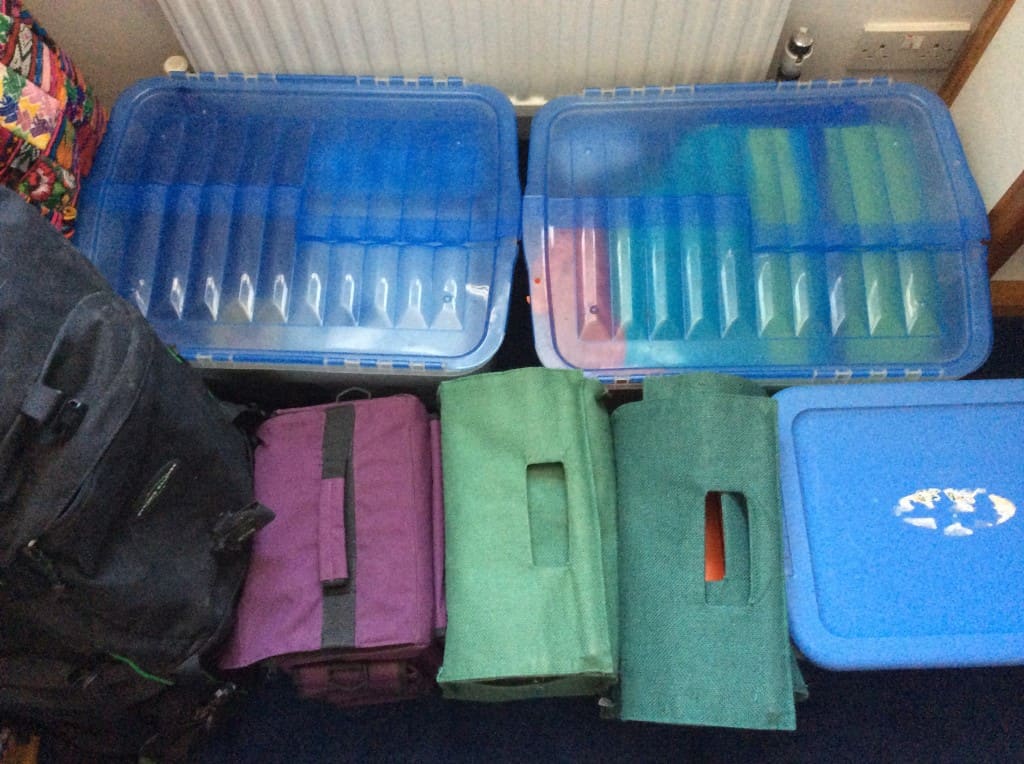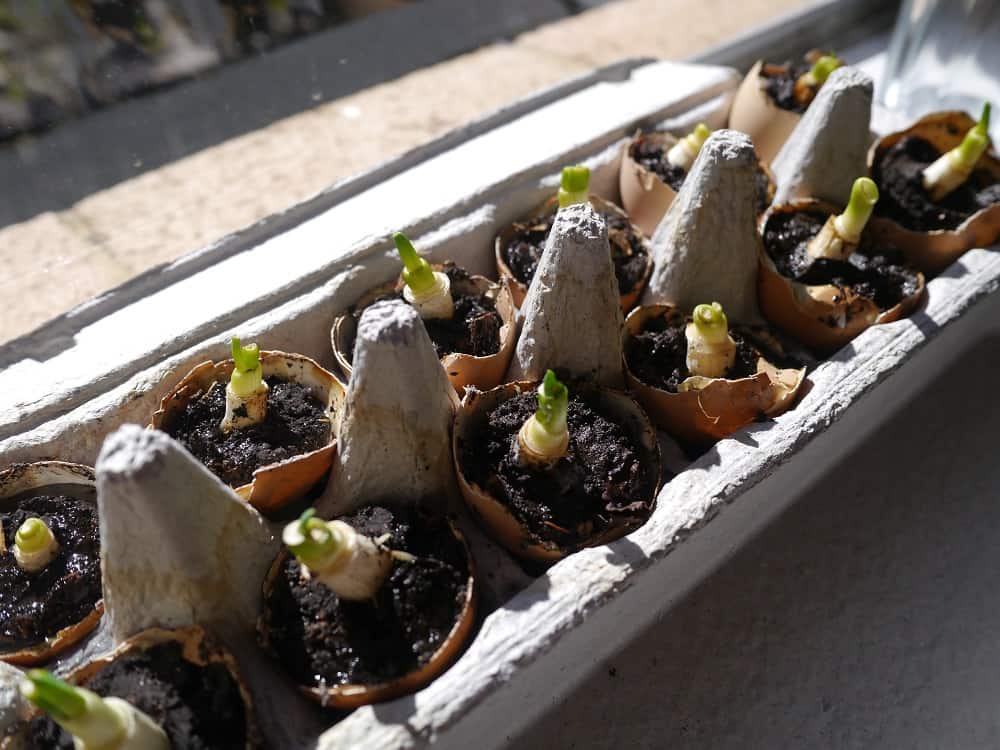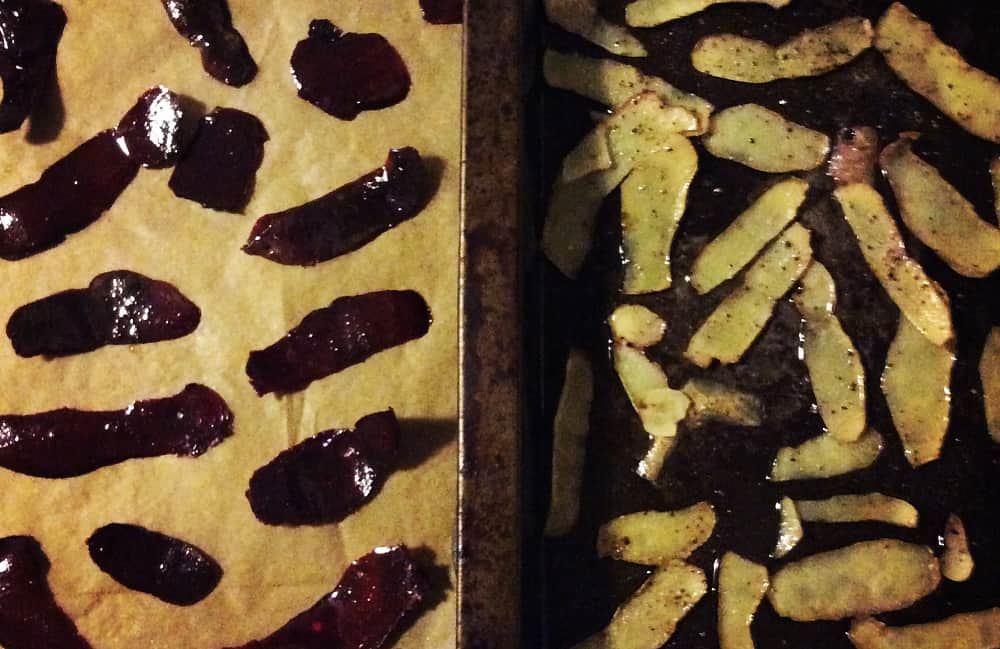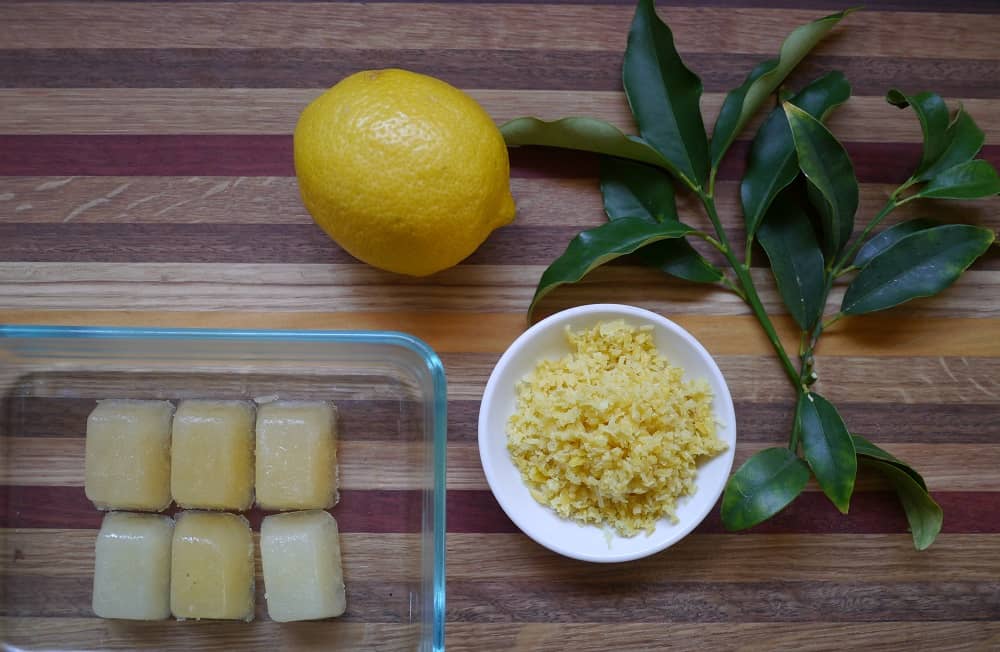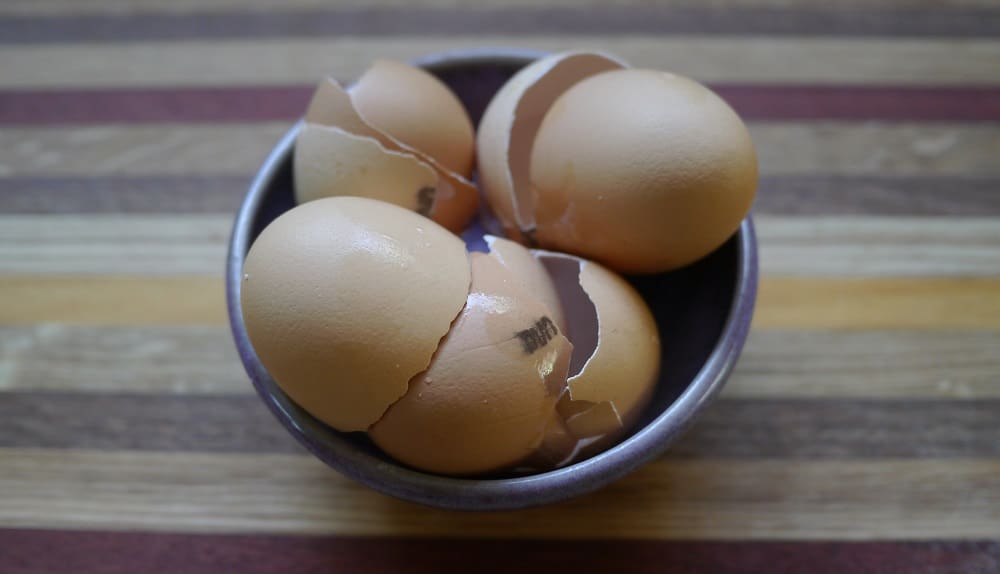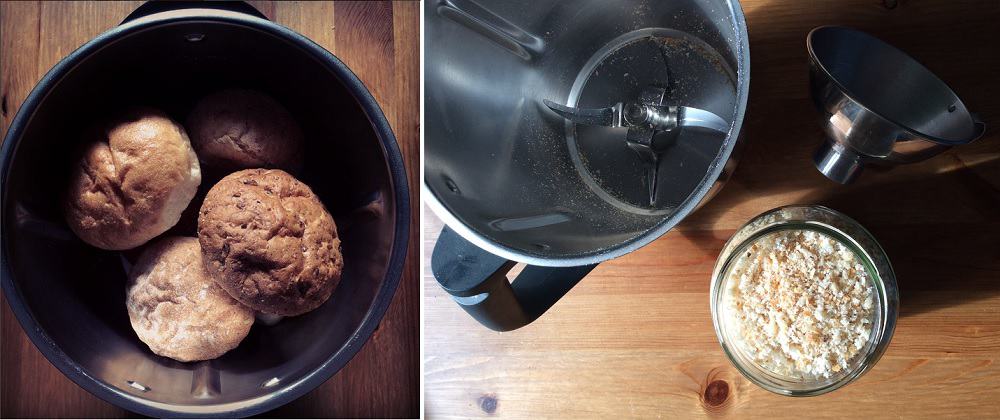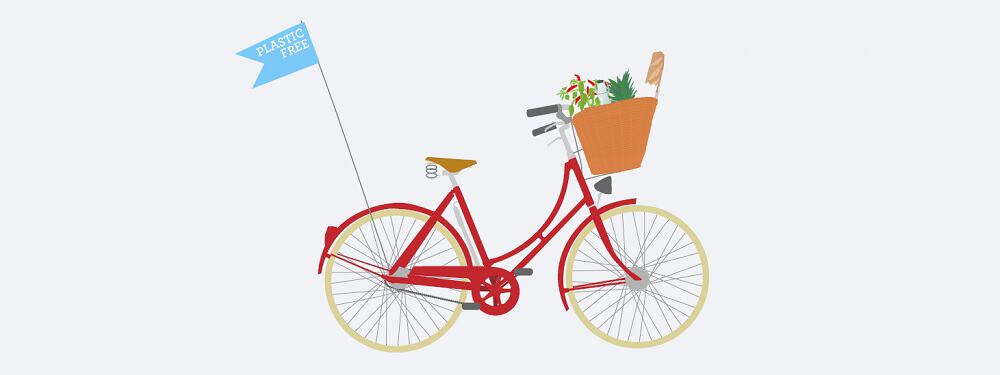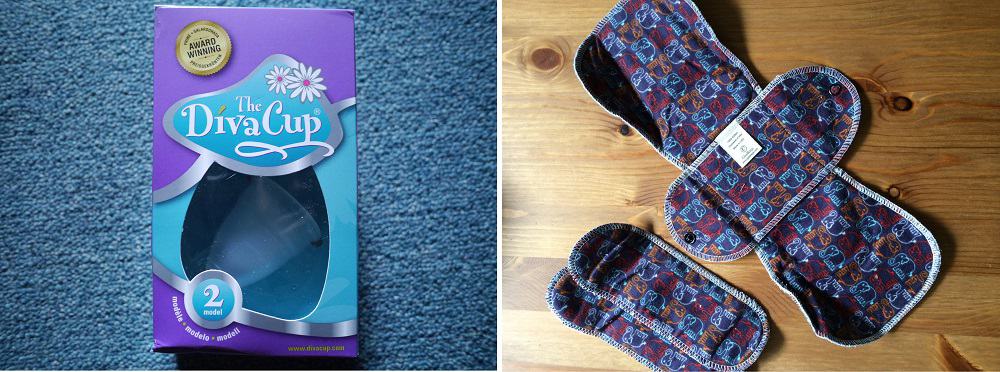My Intention for 2016: Stop Thinking, Start Doing
A couple of years ago, I did away with New Years Resolutions in favour of setting an intention for the year ahead. In 2014, it was “movement”. In 2015, it was “balance”. In 2016, my intention for the year is “do”.
I don’t generally think of myself as a procrastinator, but there are always plans and plots and schemes bubbling away in my mind, things I want to learn and see and do and create and get involved with. Far more than I have hours in the day! Often these things get pushed aside until I have the time.
2016, I have decided, is the time.
My intention in 2015 was “balance”. At the end of 2014 I re-entered full time employment in a field unrelated to sustainability. I’d spent 6 months unemployed, and I needed to pay the bills. With my experience in behaviour change, community education and waste I’d been sure I would be able to find work in the sustainability or waste education fields, but six months later I’d had no success, just plenty of rejection letters.
I felt frustrated and disappointed. I felt like I’d failed.
Working full-time was a bit of a shock to the system, and not just the hours it took up. It is a high-pressure, stressful job with no downtime, where unpaid overtime is an expectation…and even taking your 30 minute lunch break away from your desk raises eyebrows.
That said, I liked the work. I disliked that it was taking me away from the things I wanted to do.
After three months of working, sleeping and little else, I realised that I needed balance. I needed my job, but I wanted to write, to grow, to share my experiences and to inspire others. I had to continue working towards what I believed in. That is what 2015 was about, for me.
I haven’t written as much as I’d like. I haven’t volunteered as much as I’d like. I haven’t exercised as much as I’d like. I haven’t eaten as well as I’d like. I haven’t spent as much time with my friends as I’d like. I haven’t given back as much as I’d like. That said, I did find balance, and 2015 was a great year. I published my first book. I ran my first sustainable living course. I was invited to talk to several different groups of people about living without plastic.
I saw orca whales at the Bremer canyon. I learned how to ferment vegetables. I bought the sewing machine I’d been talking about getting for two years. I finally mastered the art of decluttering. I went to workshops, met and hung out with like-minded people, and got inspired all over again.
What I did realize in my year of seeking balance, is that doing all of these things is what fires me up, stirs my soul, nurtures my creativity and pushes me to be a better person and help create a better world. This is what I love to do.
This can’t be the thing that I do after I’ve spent most of my week at a job that does none of these things. I can’t be fighting for scraps of time amongst the chores and errands after I’ve expended most of my energy working to build someone else’s dream. I have my own dreams to act on.
Working part-time would be ideal (I still have bills to pay, after all) but my current workplace doesn’t support part-time hours. I knew this but I asked anyway. They said no. Maybe I’ve been reading too many motivational quotes on Instagram, but I feel like life is too short not to do more of what I love. I quit my job. My last day is this Thursday.
So what does that mean?! It means exciting times ahead! It means the chance to do all of those things that have been waiting in the sidelines. I’m already committed to running another sustainable living course in February, and I’m in talks to possibly host another after that. It’s only January and I’ve signed up to do three talks about plastic-free living for various Plastic Free July events.
I’ve joined our local community garden and have been allotted a veggie bed… plus soon I’ll have my own garden to plant. I’ve begun researching sewing classes. I’ve been looking into a few volunteering opportunities locally. I can’t wait to get back into the kitchen, either.
I’m really looking forward to sharing what I learn with you, too. I can’t wait to get back into writing more, and I have some big plans to create content this year that I’m hoping you’ll find really useful. After the success of my first book, I’m also thinking about writing another ; ) You can probably tell the cogs are whirring and my mind is working overtime right now, so I need to have a think about what I want to prioritise (I don’t want to be burned out by February, after all! – and I clearly can’t do everything I dream about) but stay tuned because exciting things should be coming this way!
I can’t say I’m not going to need to find another job at some point. Book sales are steady, and with the courses and other bits and pieces that bring in income, plus the savings I’ve made whilst working, it means I can commit to taking some time out. Longer term, who knows?! The time is now. I need to seize the opportunity I’ve taken and make the most of time I have; it may not last forever. Stop thinking, and start doing. Finding out where that takes me will be a great adventure!
Now I’d really love to hear from you! What are your intentions for 2016? What are your hopes and dreams? What will you do to get that little bit closer to them? Are you struggling to find balance between the things you want to do and the things you have to do? When you reflect back on last year, what stands out for you? Did you have any intentions for 2015, and how did they work out? What were your biggest achievements, best lessons and favourite moments? I’d really love to know your thought so please leave a comment below!
[leadpages_leadbox leadbox_id=1429a0746639c5] [/leadpages_leadbox]

